Order of Operations
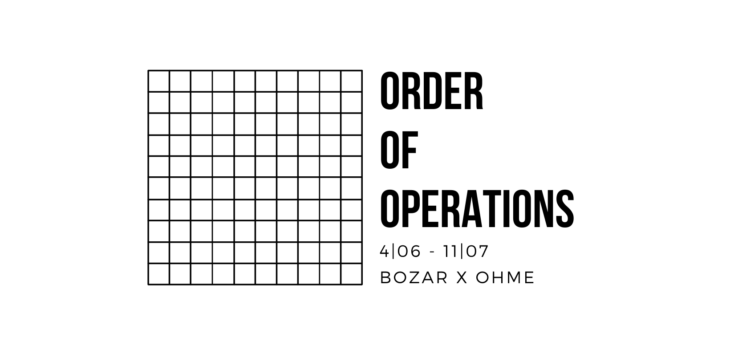
Why is mathematics so often perceived as an abstract subject, disconnected from reality, when actually it is the basic formalism humans created to understand everything in the universe, if not the very nature of the universe itself?
Is it possible to experience mathematics, moving beyond the printed pages of school textbooks and classroom blackboards?
Starting from these premises, Order of Operations unfolds in the vast space at the crossroads between artistic representations and mathematical objects, presenting the works of Belgian and international artists who – more or less consciously, more or less deliberately – have created pieces that make us experience maths in different ways.
The relationship between art and mathematics goes way back, to the very beginning of civilization, and it developed across continents and cultures for millennia.
In early Islamic culture, art and science joined in intricate star-shaped architectural geometries. The most famous figure of the Renaissance, the Italian polymath Leonardo Da Vinci, was simultaneously a painter, sculptor, engineer, botanist, and scientist.
In the West, the separation of disciplines – the so-called two cultures, scientific and humanistic – took place during the 19th century. It is at that time that mathematician Carl Friedrich Gauss is said to have claimed that “Mathematics is the queen of the sciences”.
While both disciplines share their origins in the representation and interpretation of the physical world, over time their methodologies diverged.
The scientific school of thought became largely driven by specialization and hypothesis-based enquiries.
Art, in turn, developed its own schools and methods. Far from the vocation for a universal truth, it turned towards offering interpretations of ourselves, our experiences, our world.
Nonetheless, there are many points of convergence between art and mathematics we can see today.
Articulated in two main chapters, about representation and application, the works of the 17 artists presented visualise, interpret, apply, or unveil these convergences.
Through their creations, Order of Operations aims to start conversations about a more integrative approach to mathematics and the arts.
With
Amandine David (FR/BE) | Sabina Hyoju Ahn (KR/AT) | Anne Teresa de Keesmaeker/Rosas (BE) | LAb[au] (BE) | Robert J. Lang (USA) | Philippe Leblanc (BE) | Joanie Lemercier (FR/BE) | Momoko Noguchi (JP) | Ohme (BE) | Rybn (FR) | Guillaume Schweicher (BE) | Michel Tombroff (BE) | Frederik Vanhoutte (BE) | Valery Vermeulen (BE) | Roger Vilder (FR) | Zaha Hadid Architects (UK) | Boris Wilmot & François Gaspard (BE)
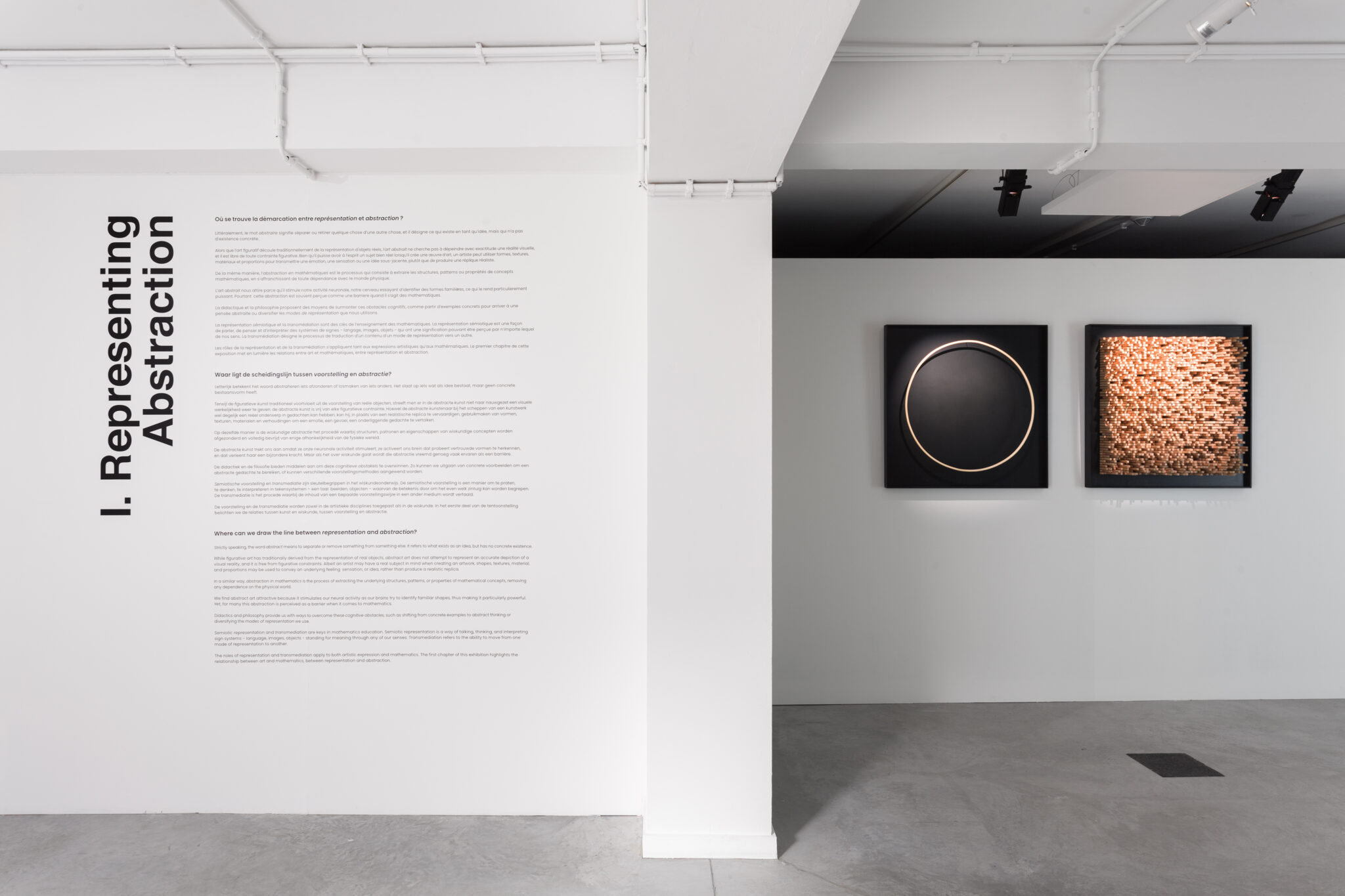
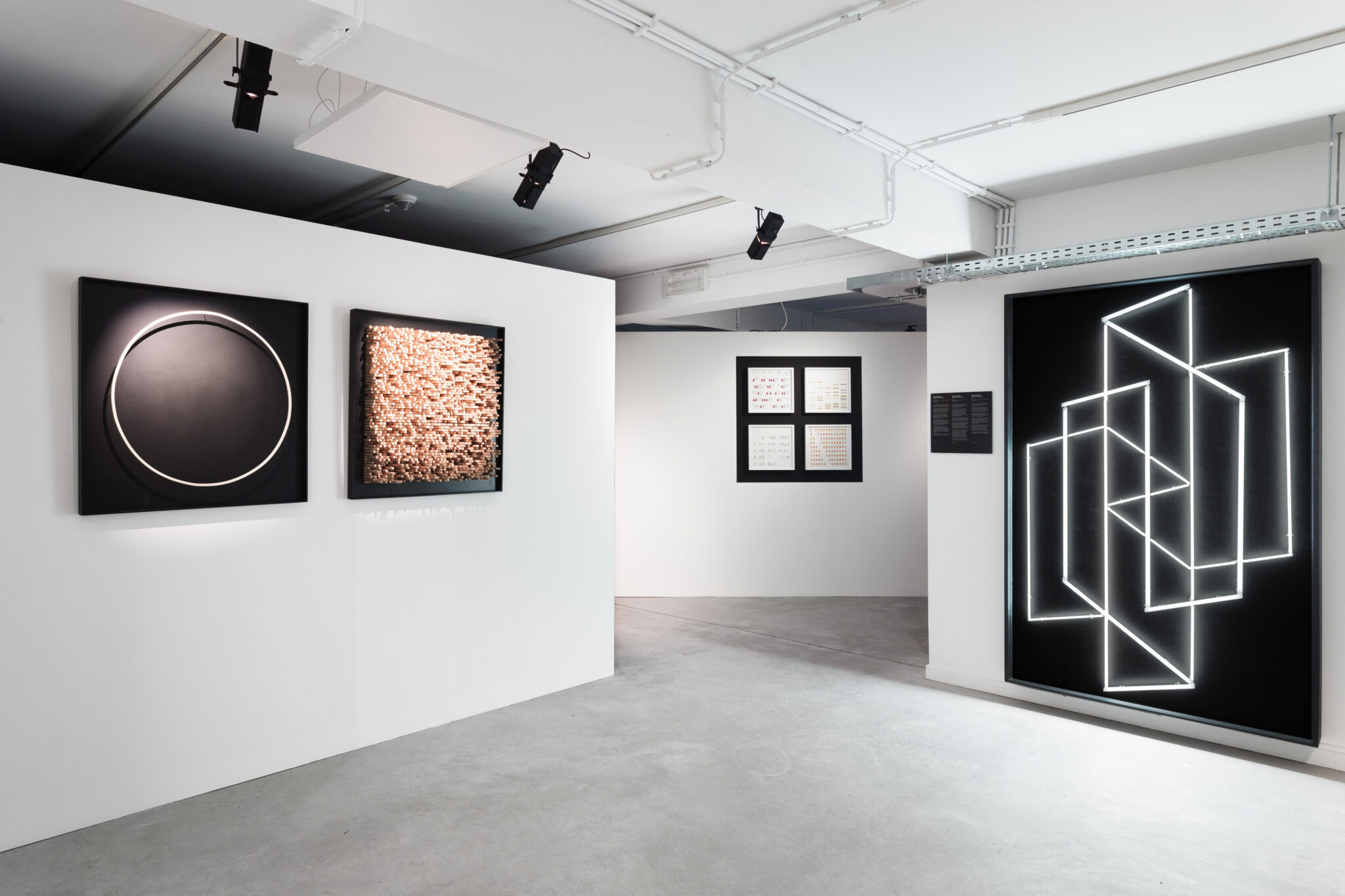
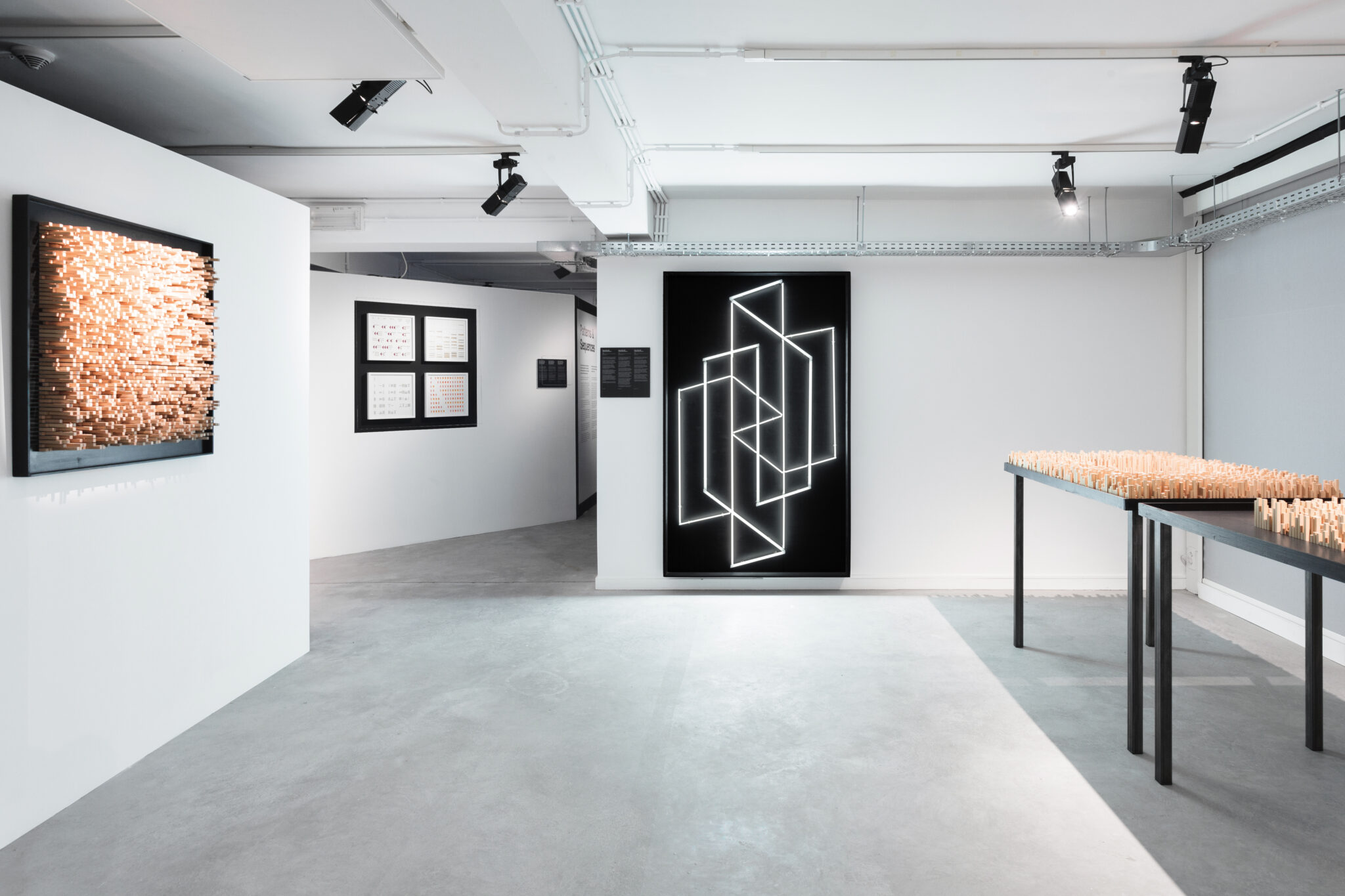
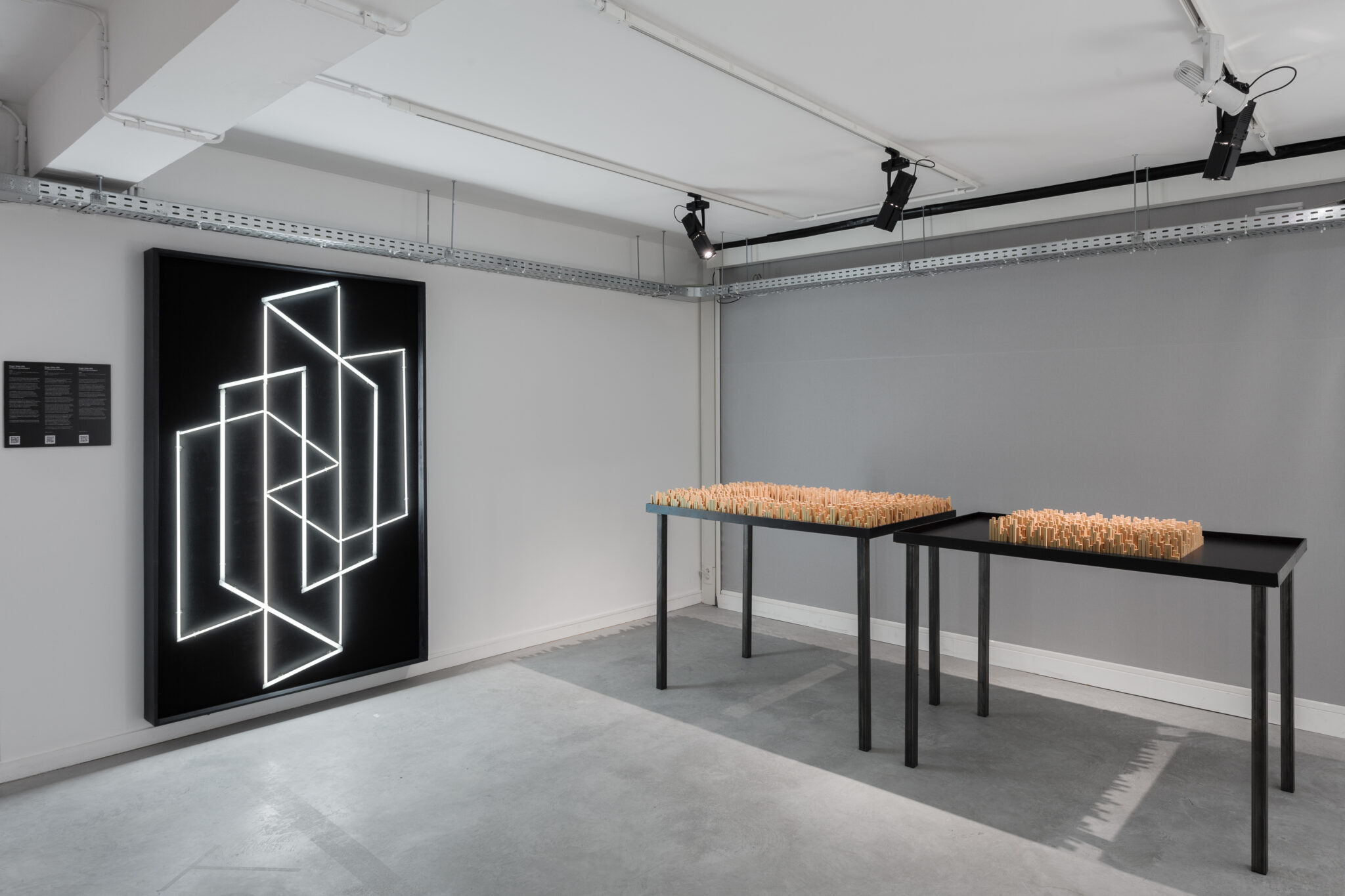
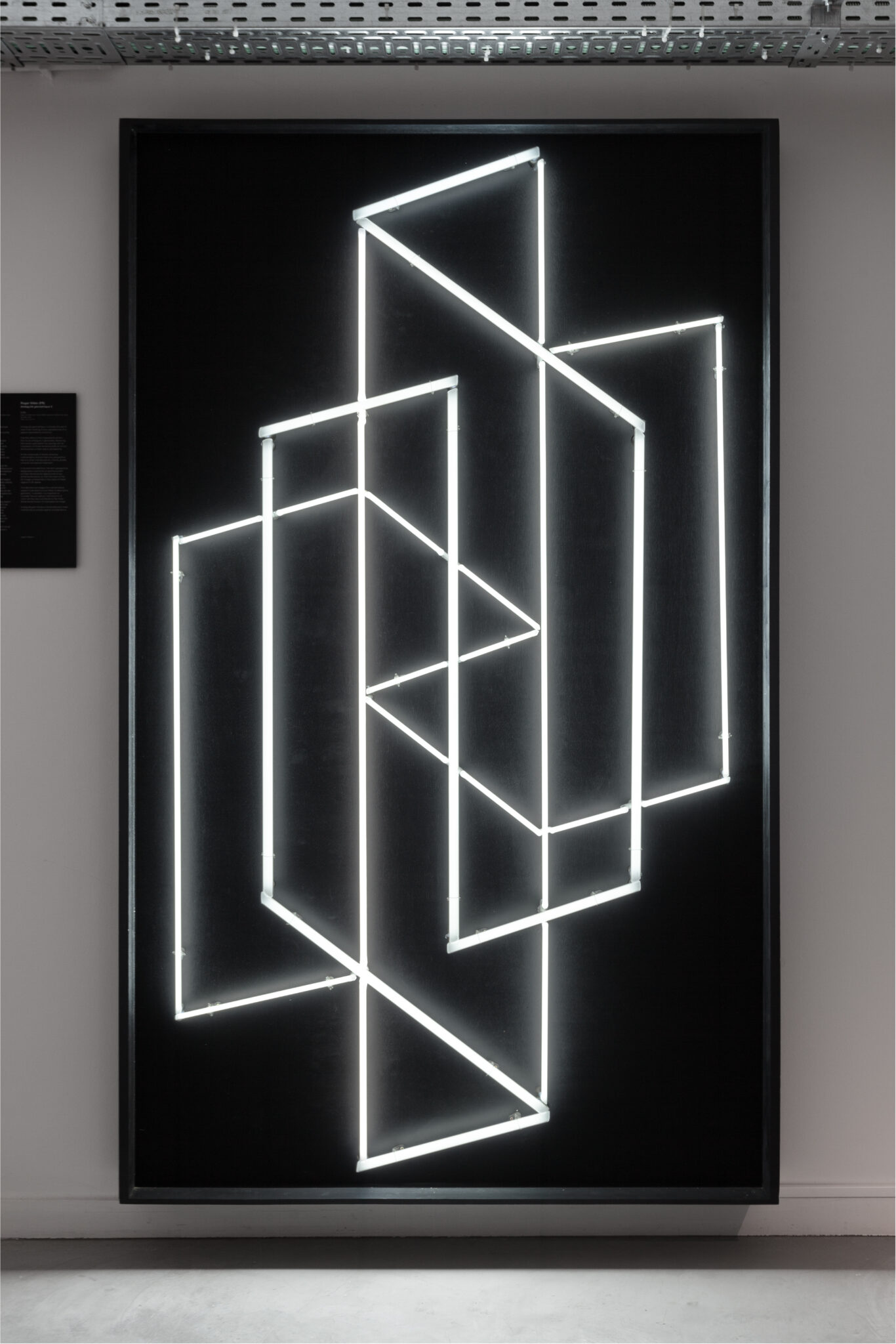
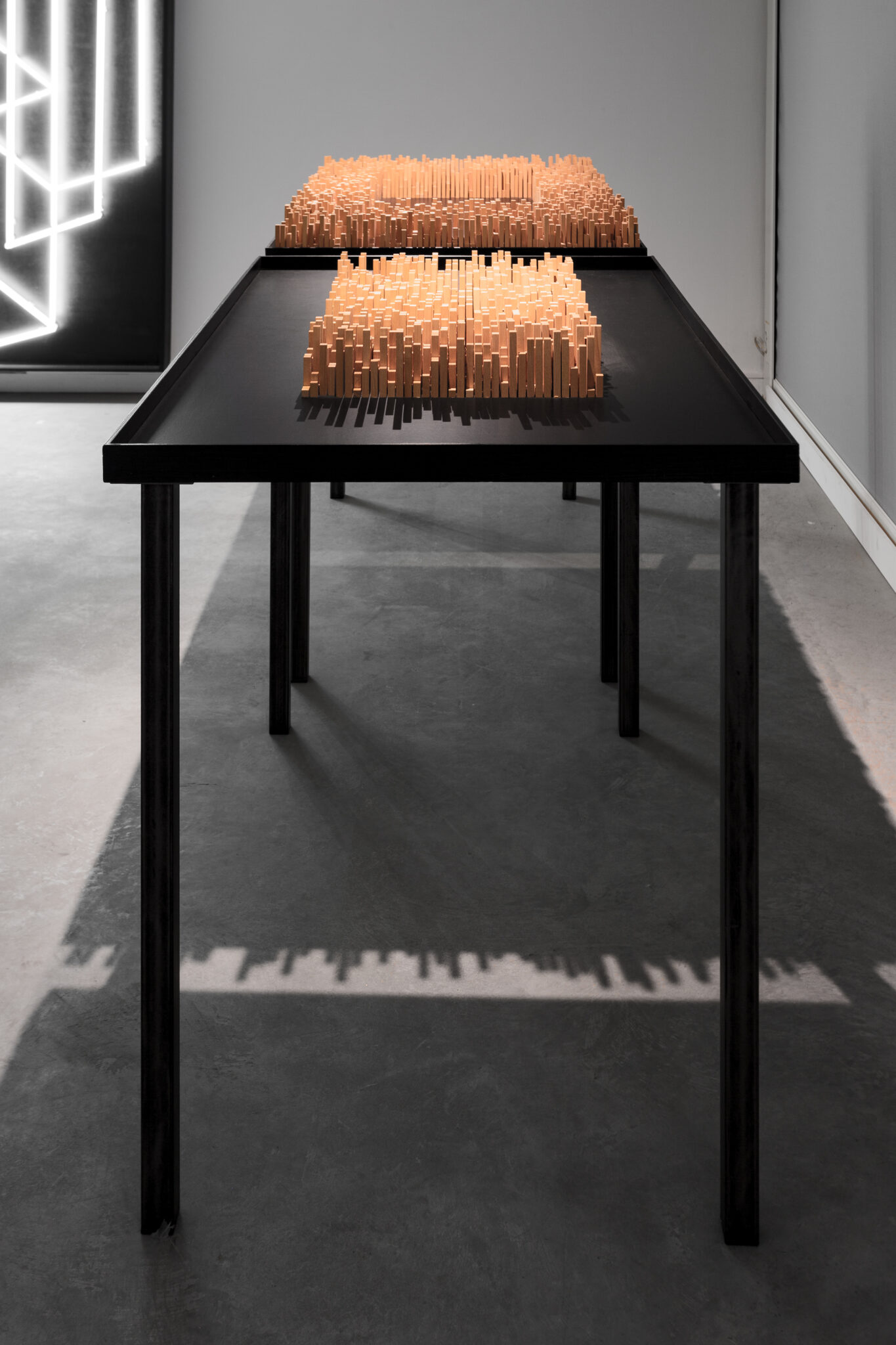
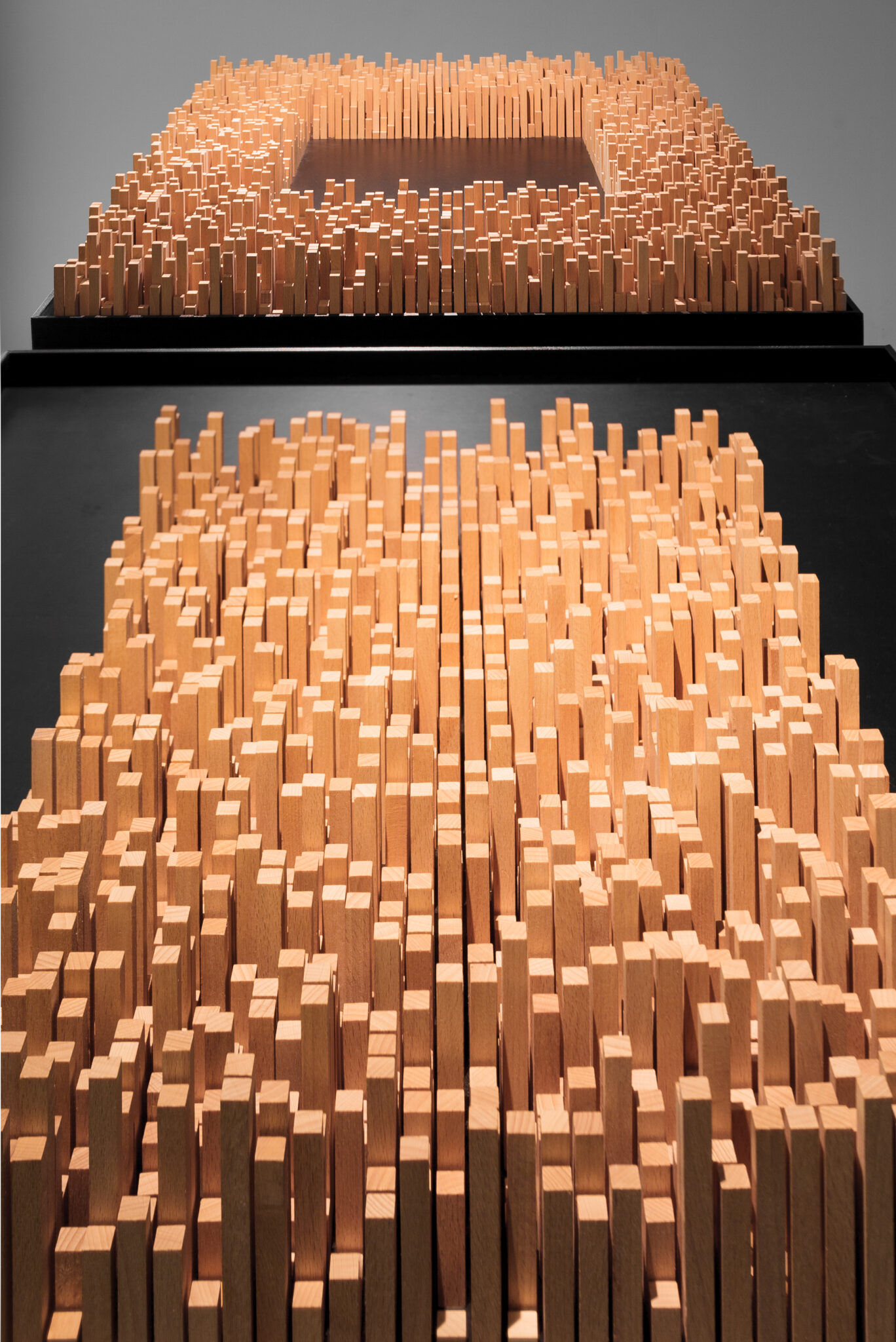
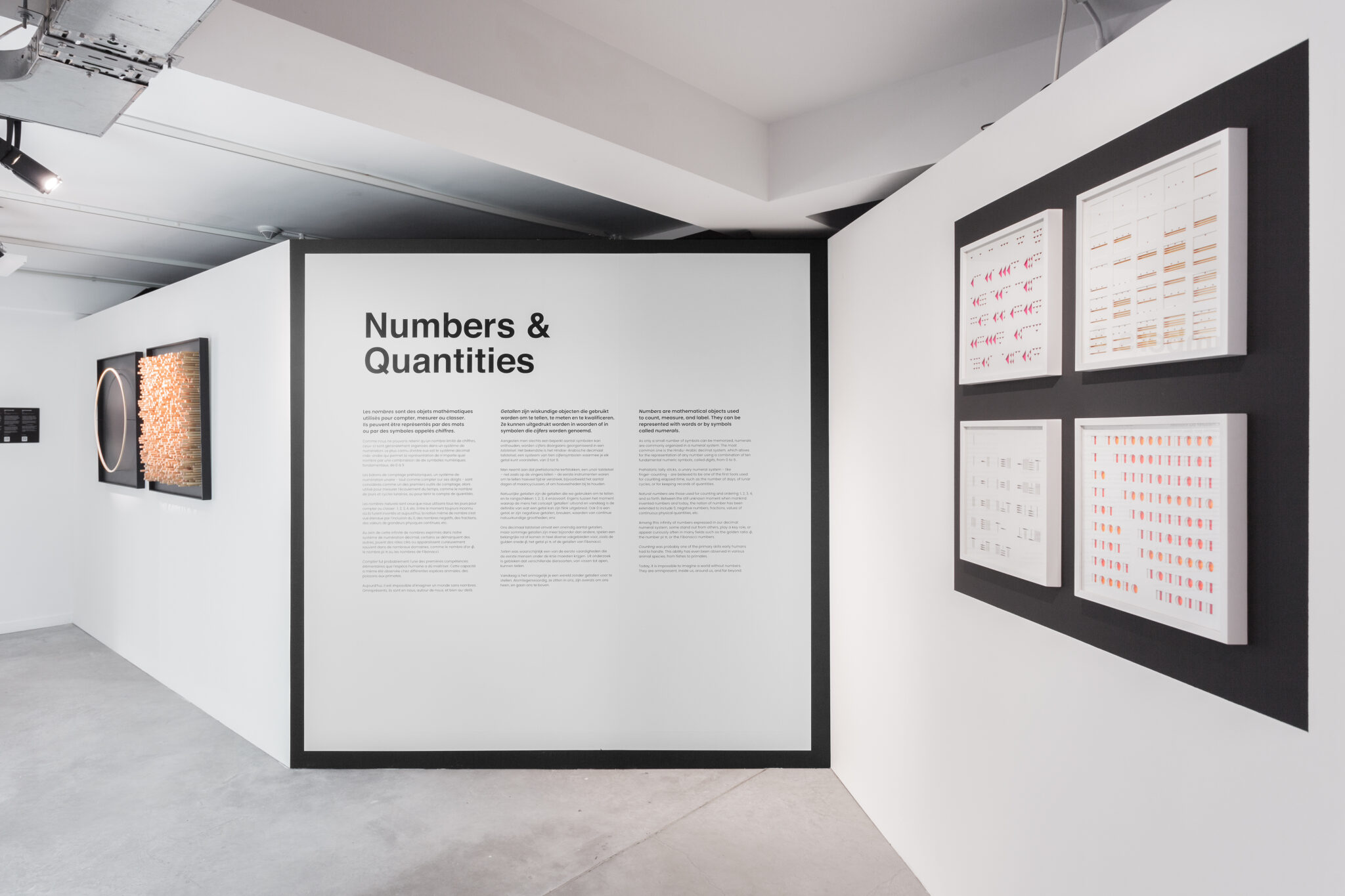
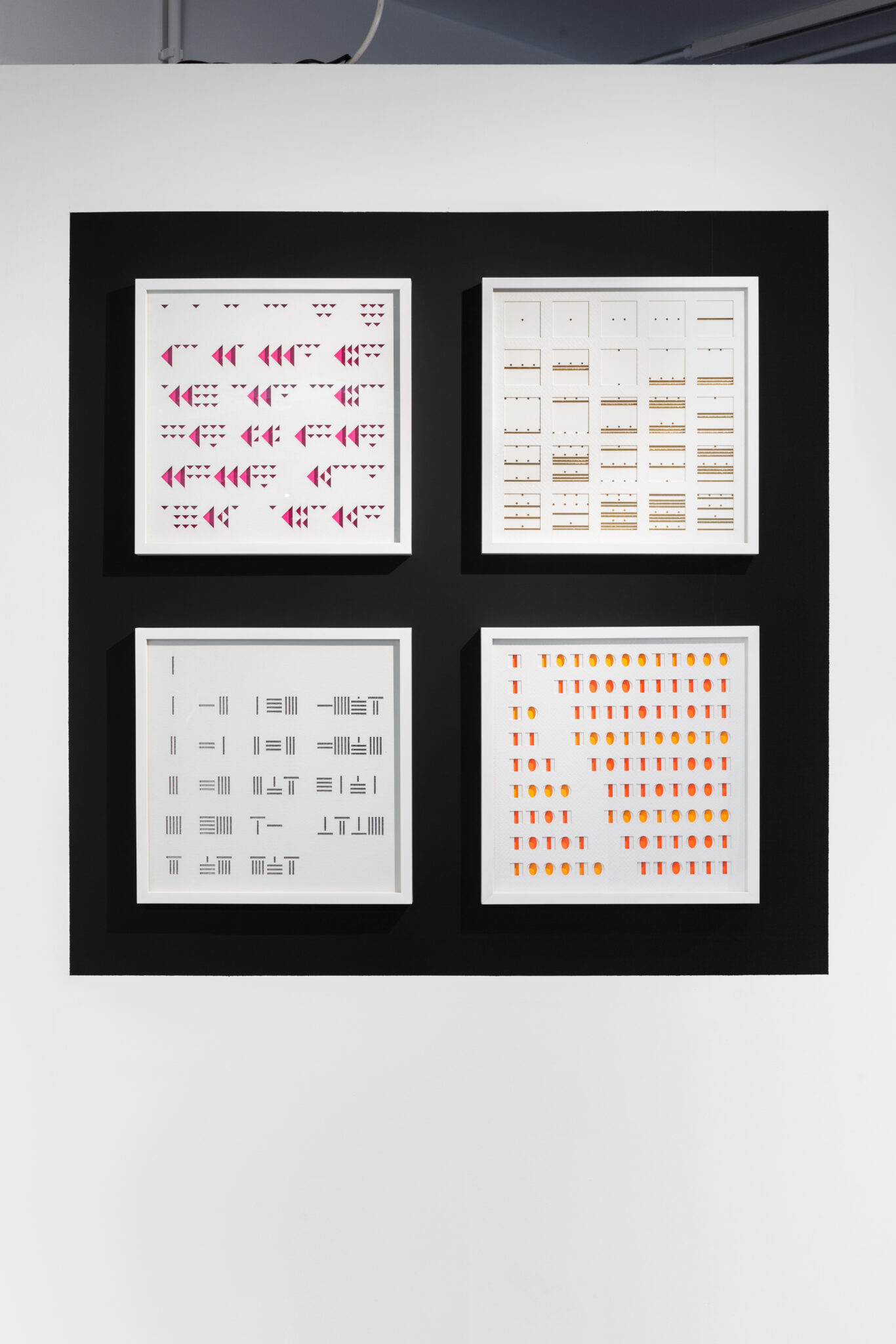
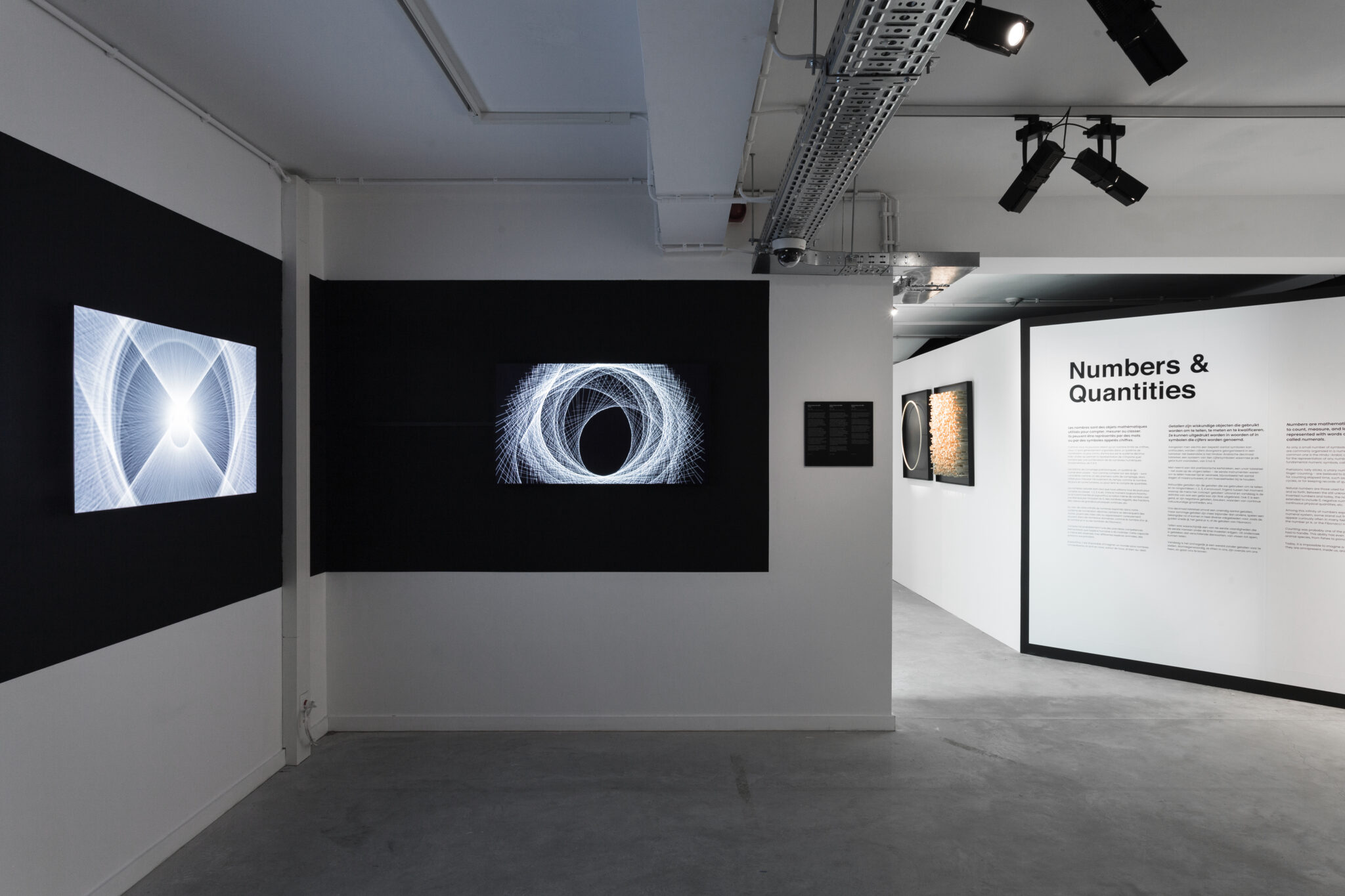
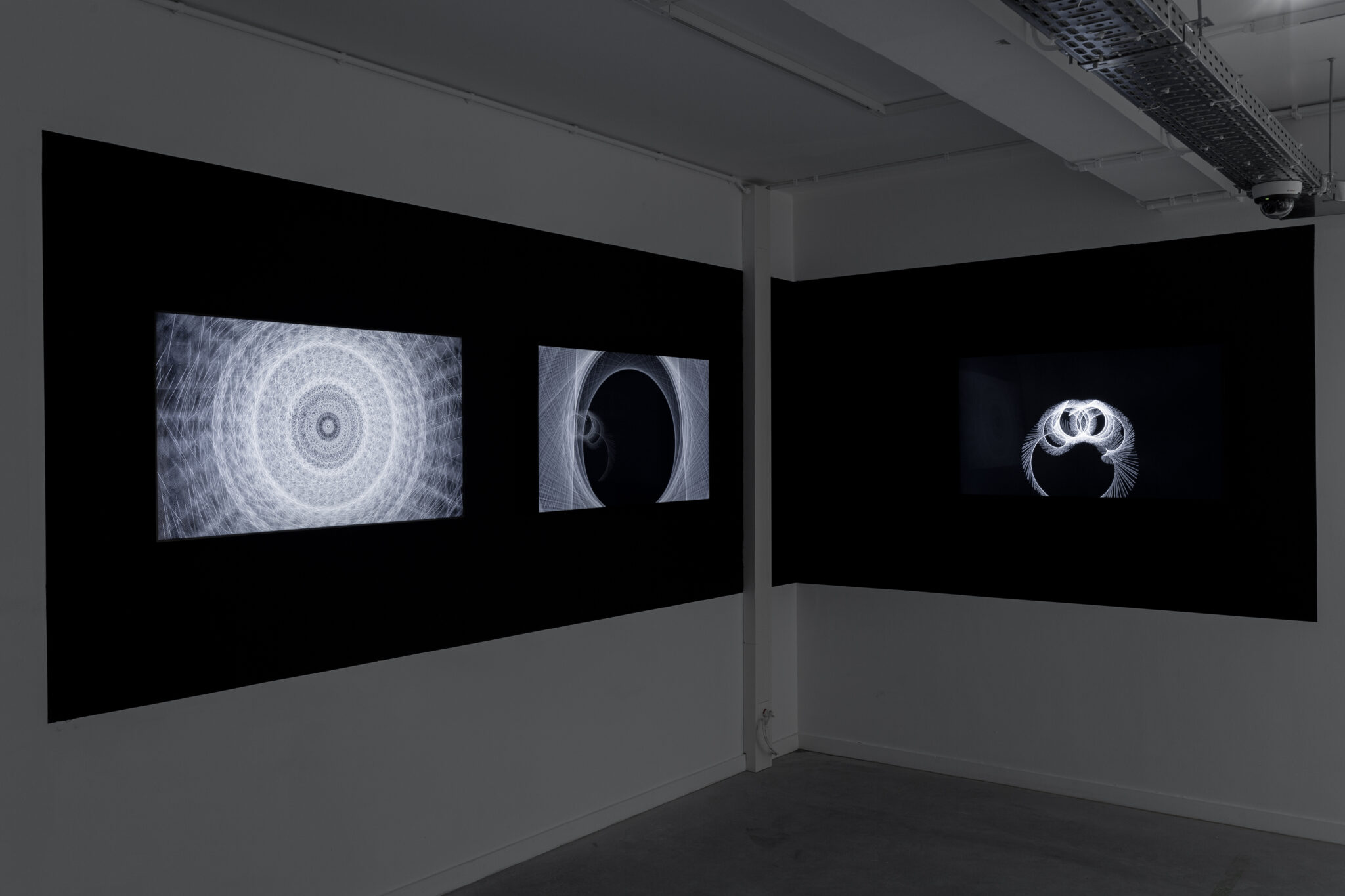
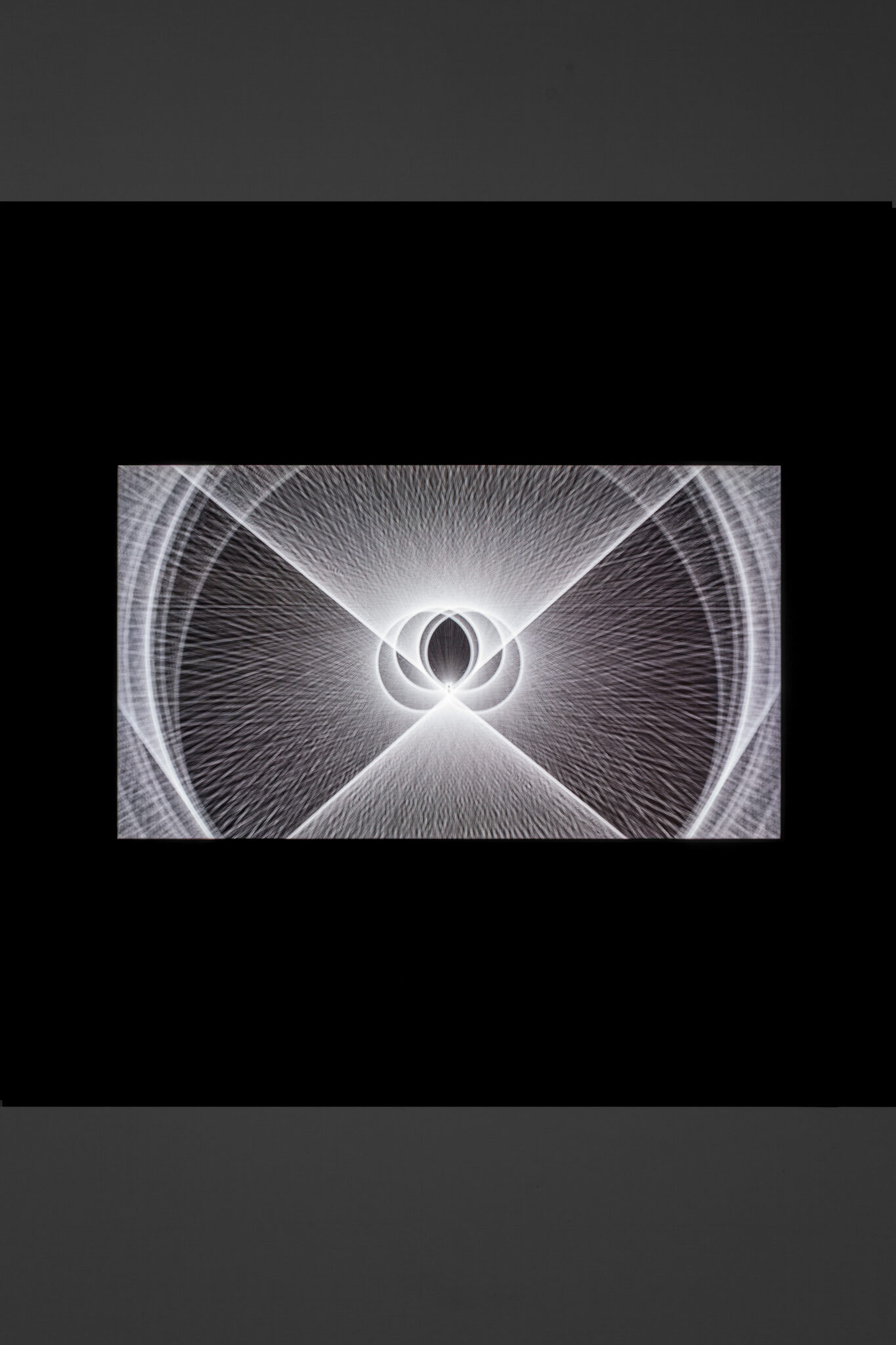
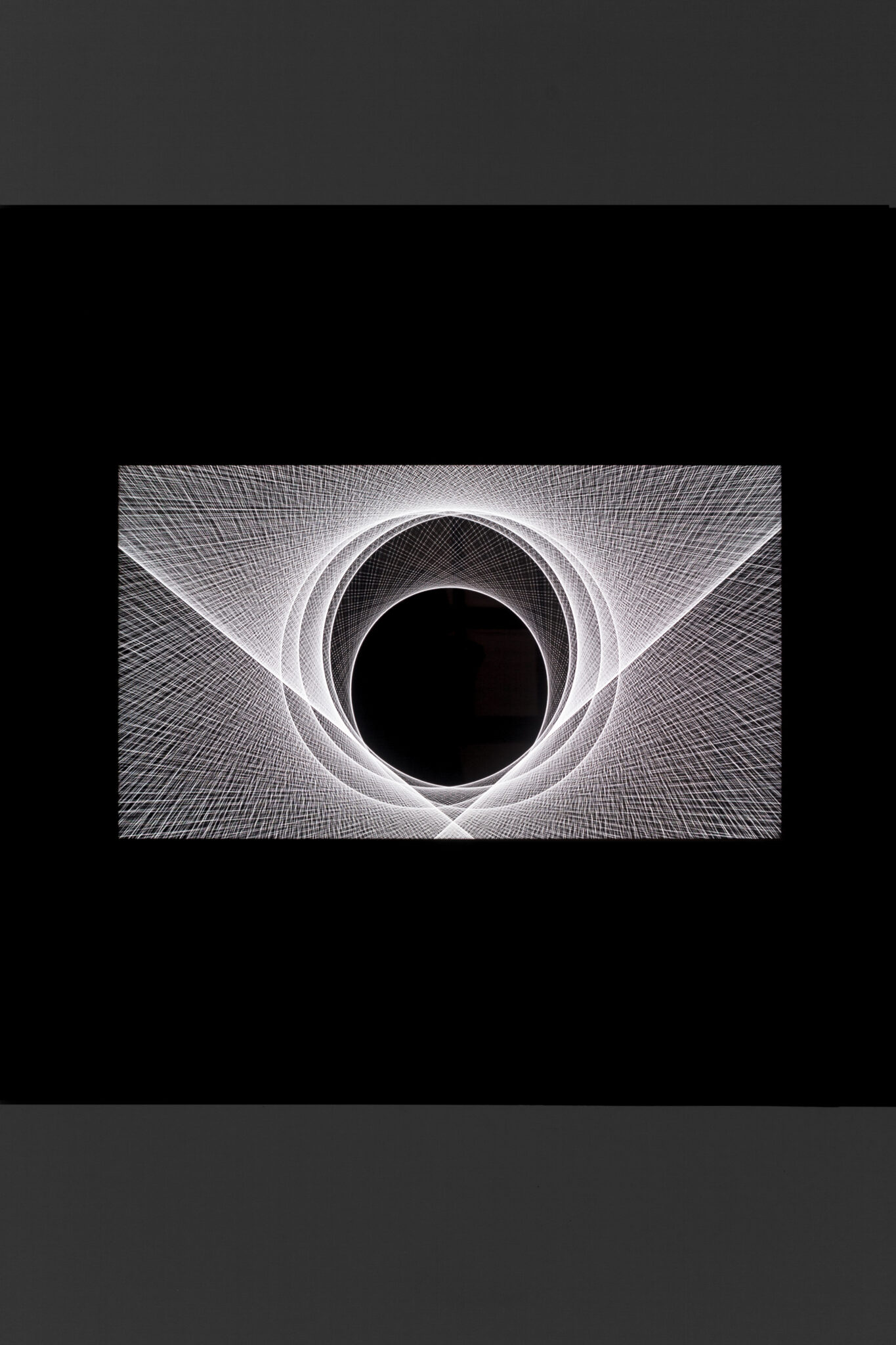
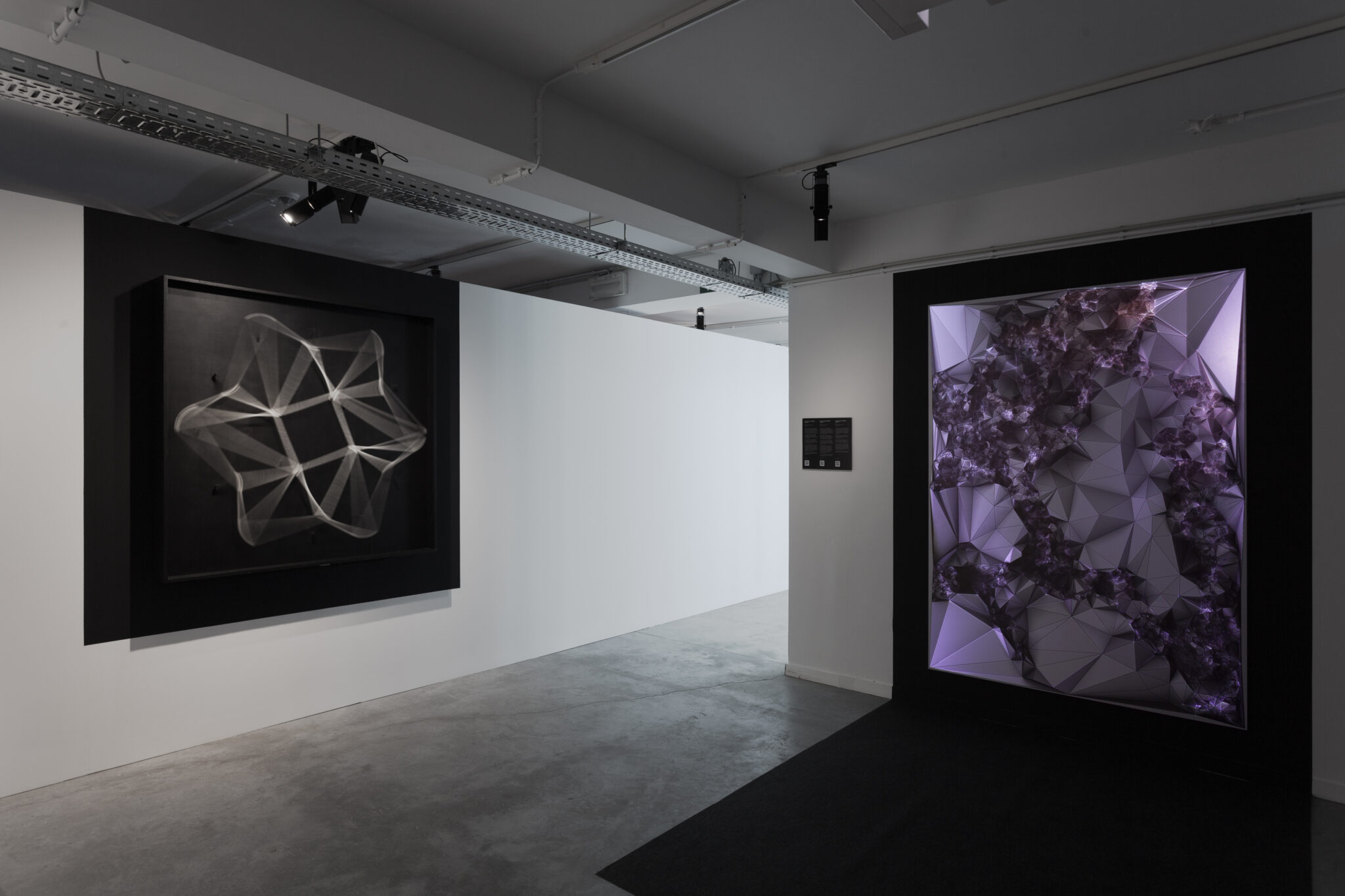
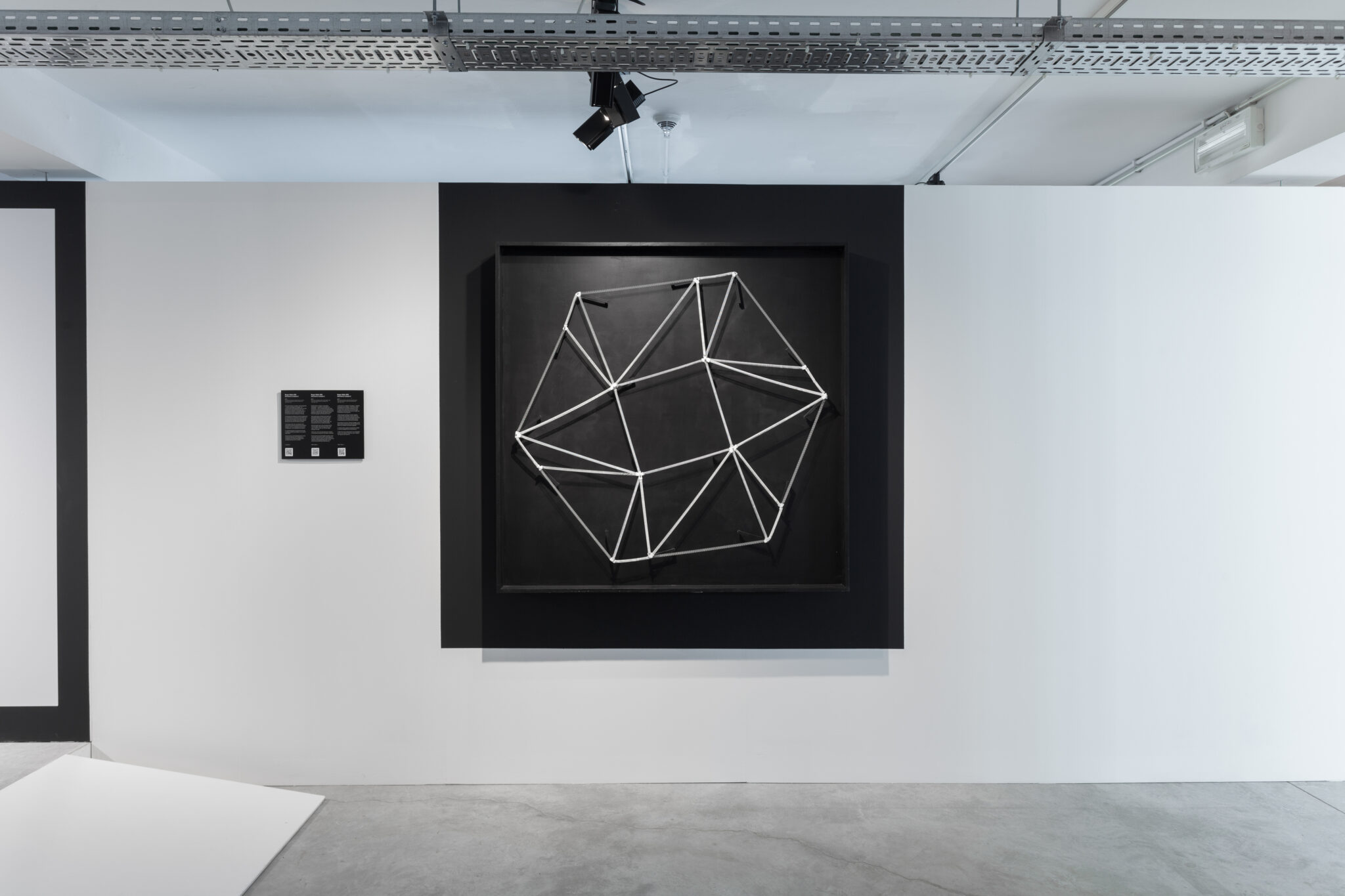
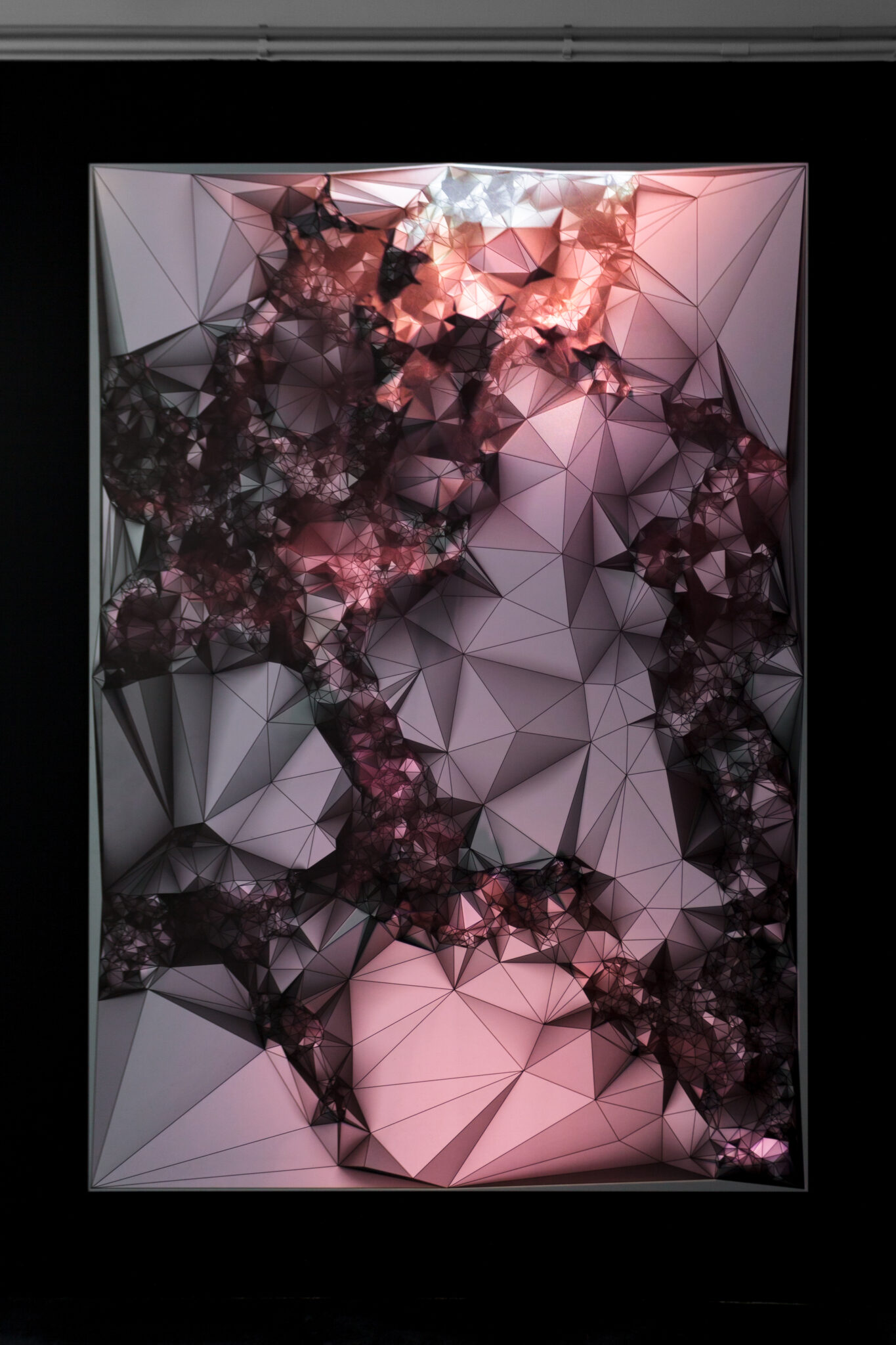
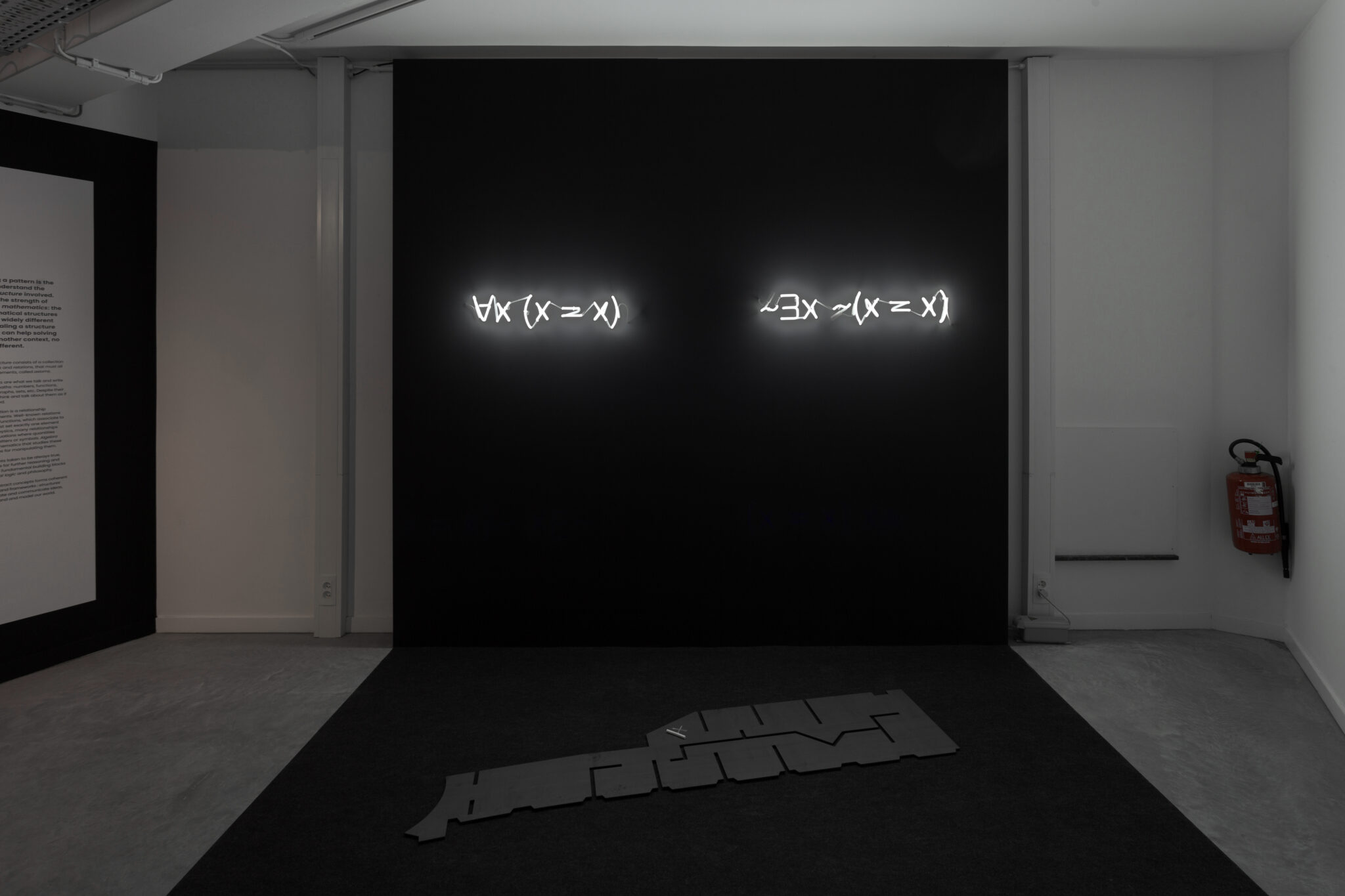
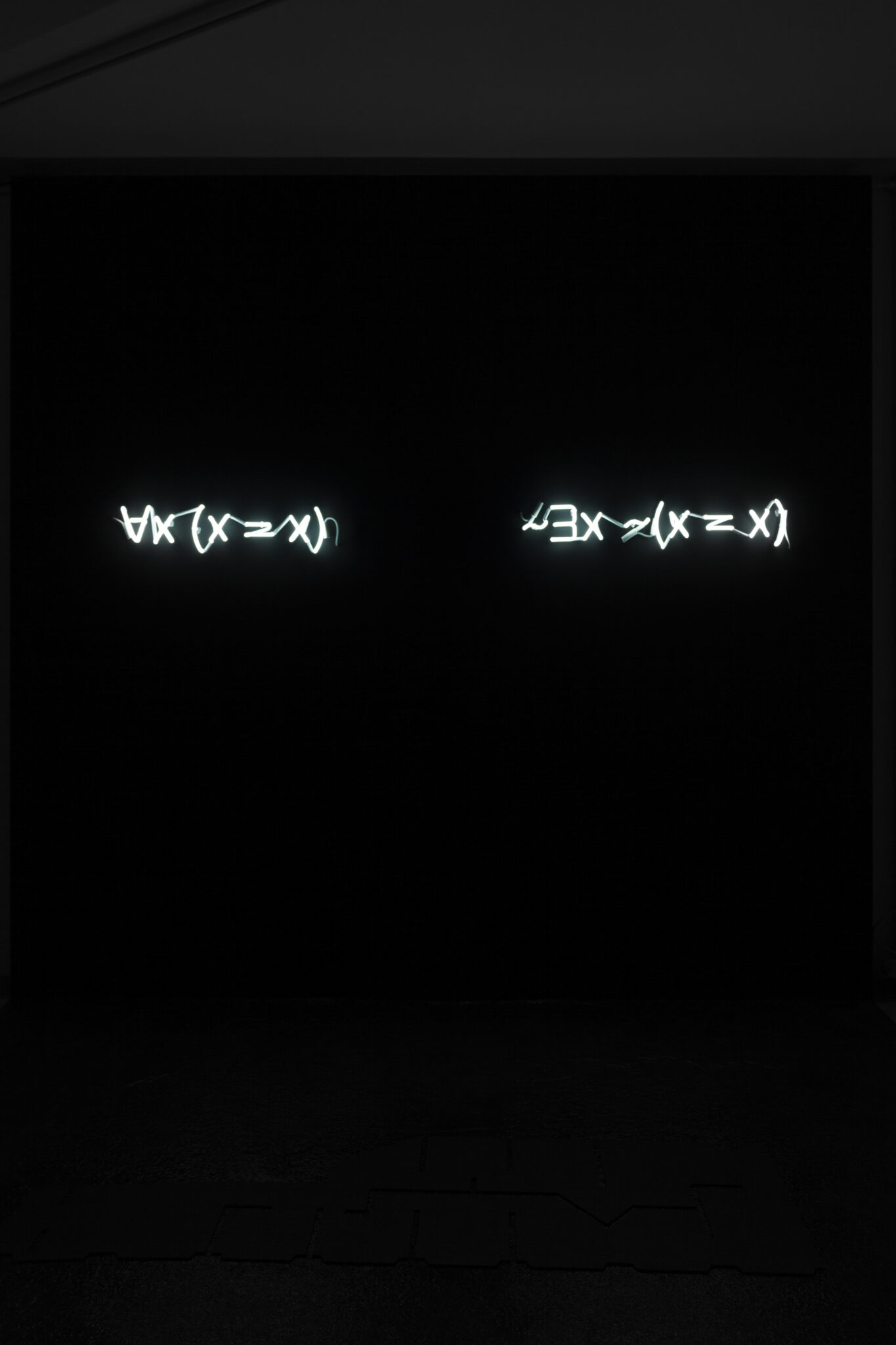
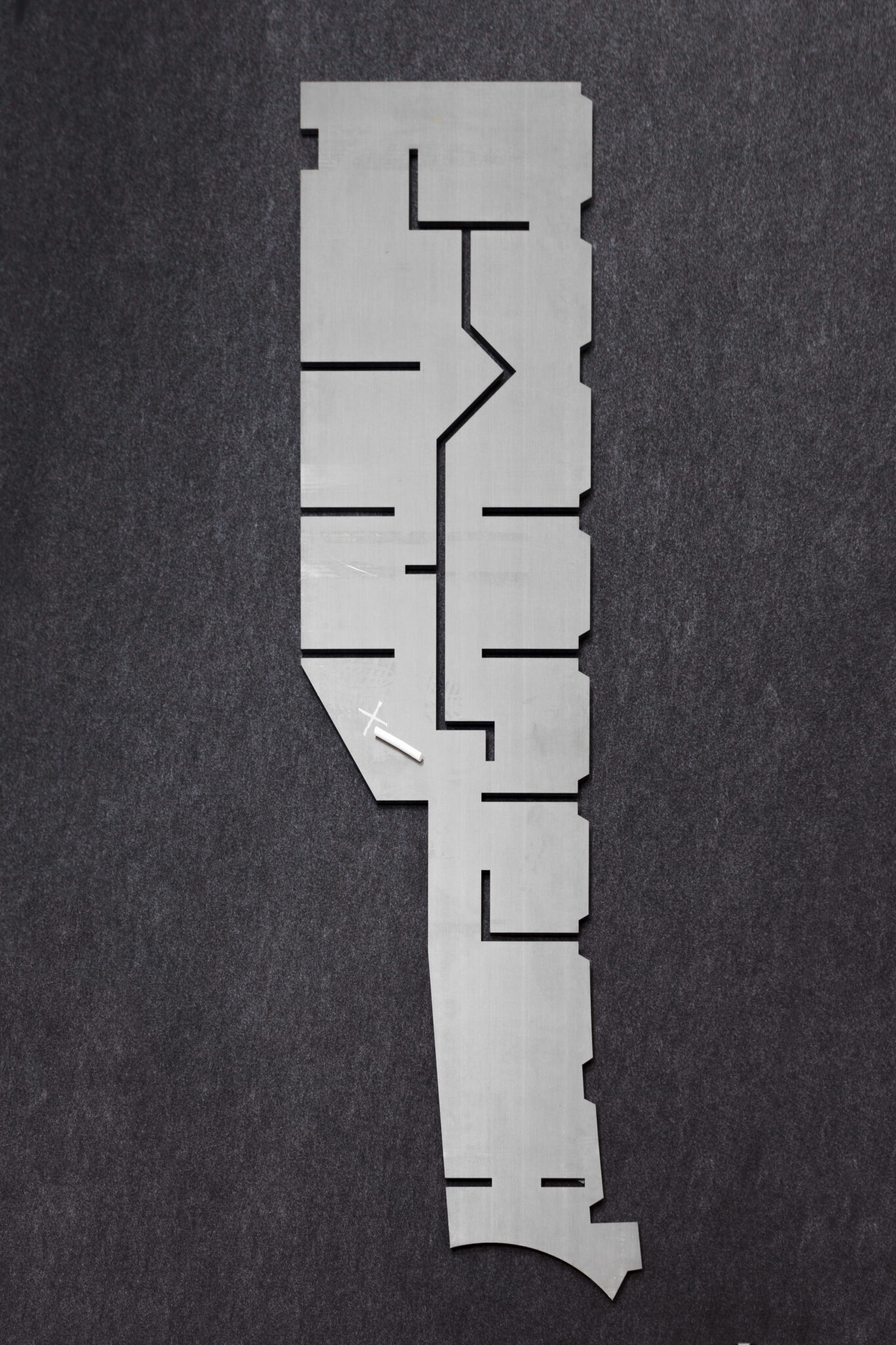

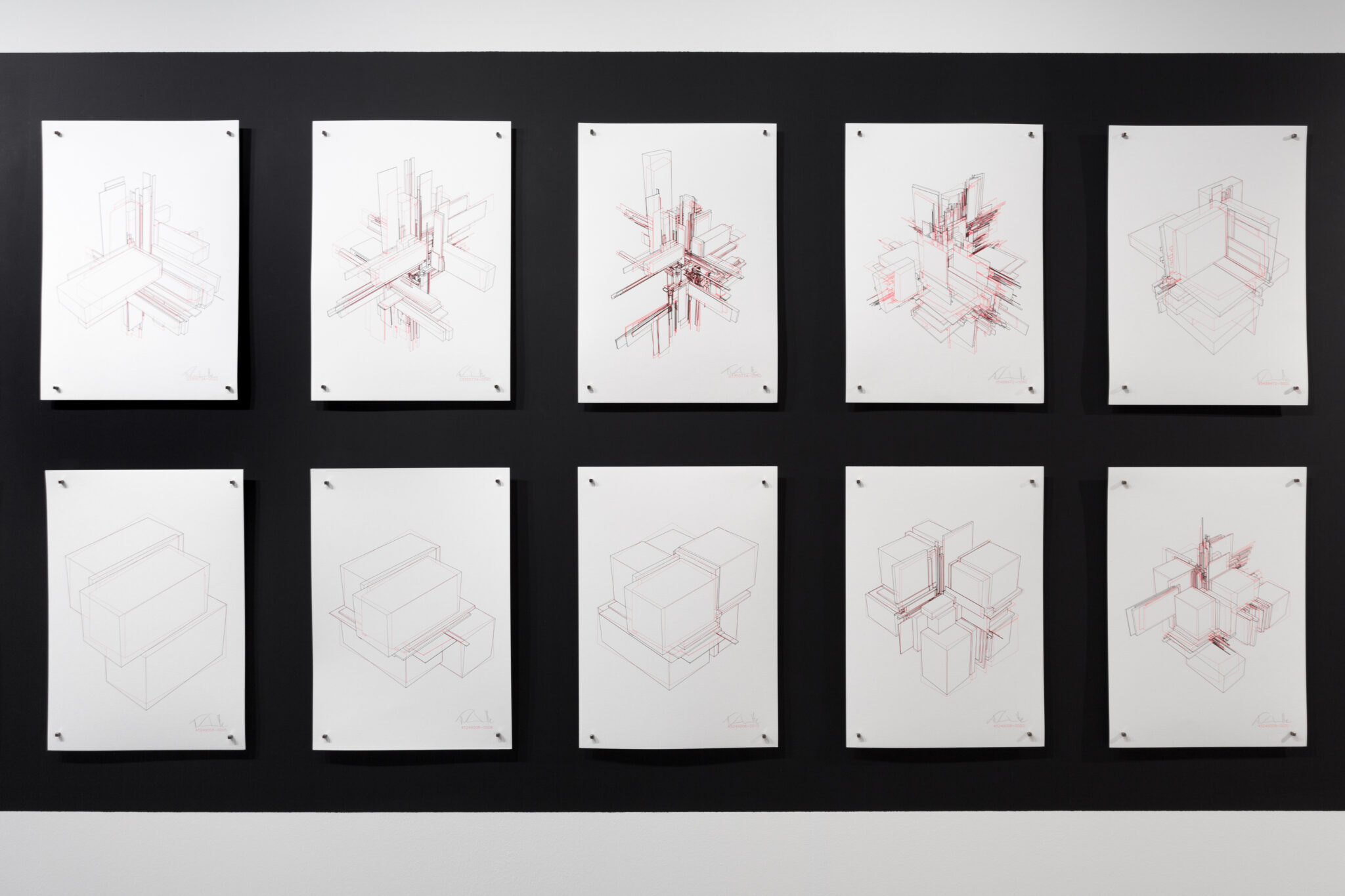
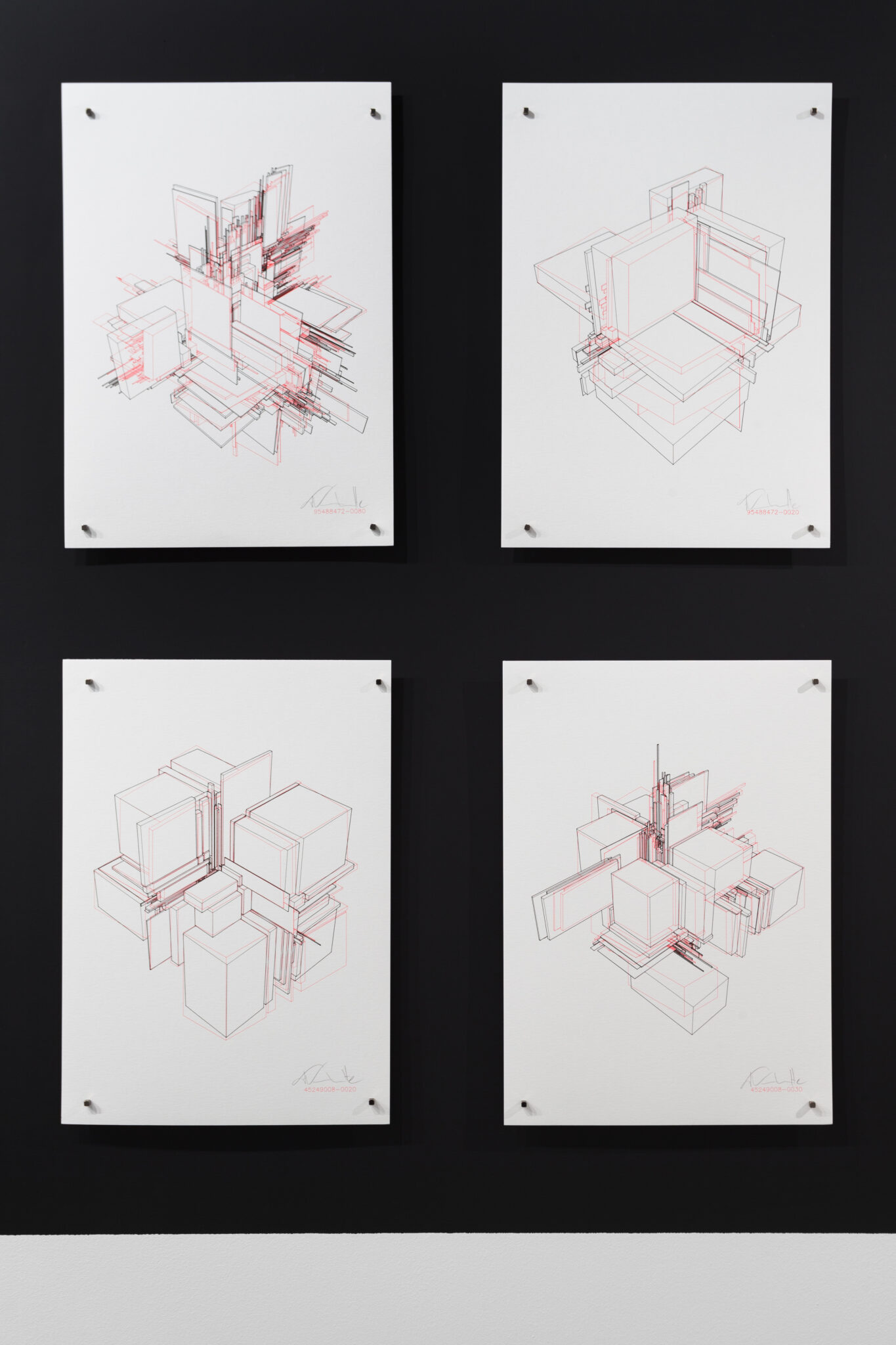
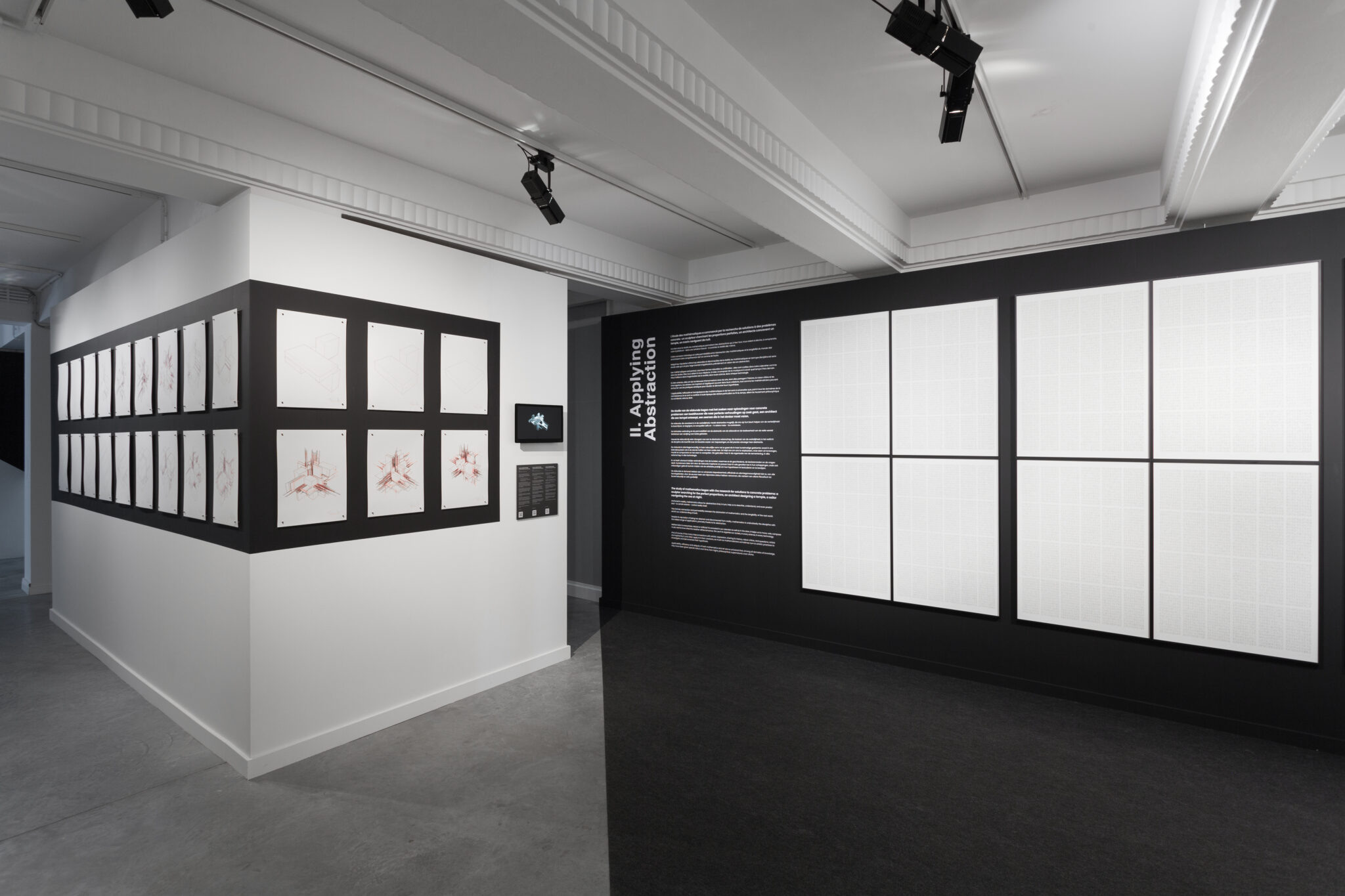
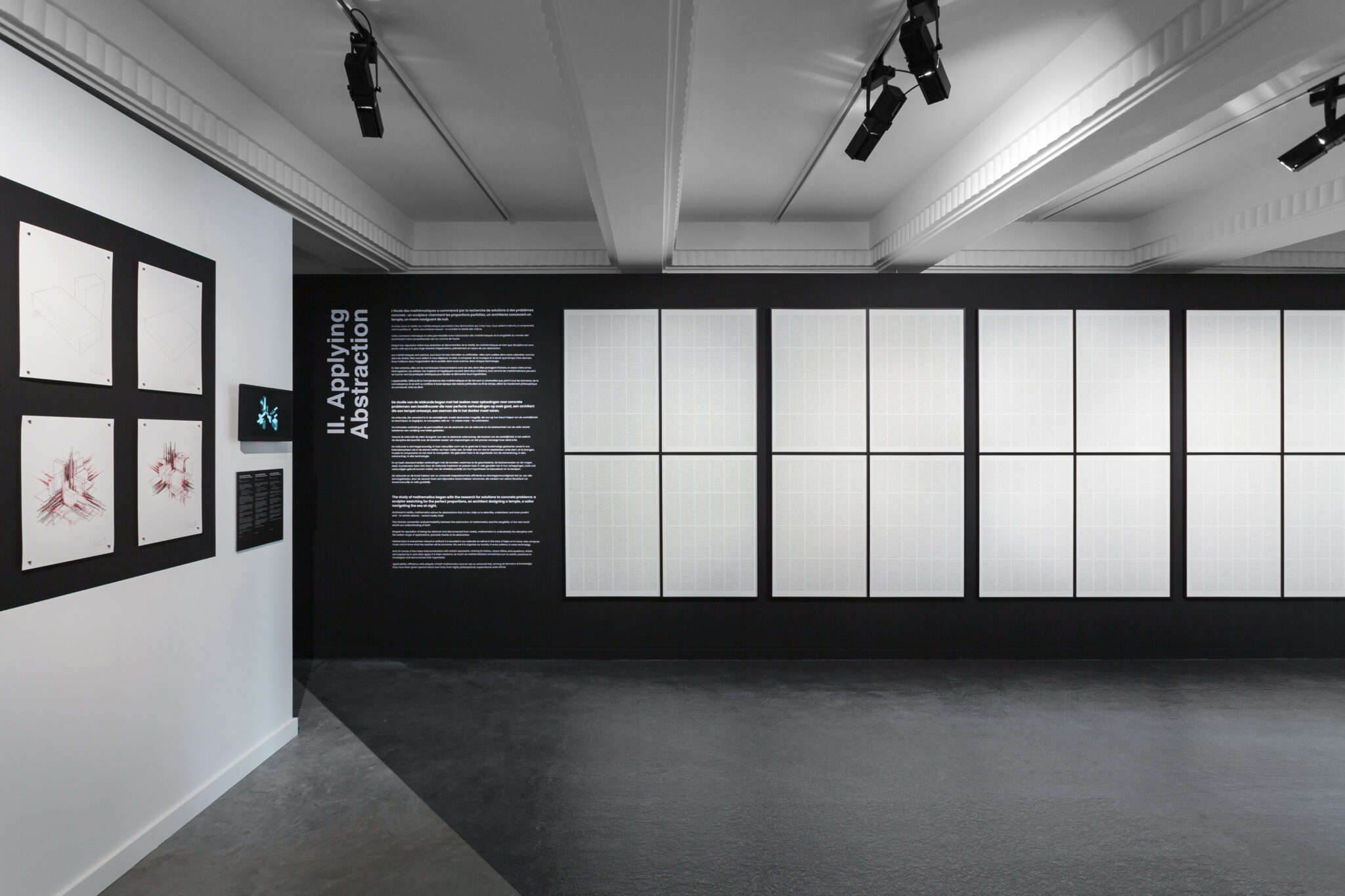
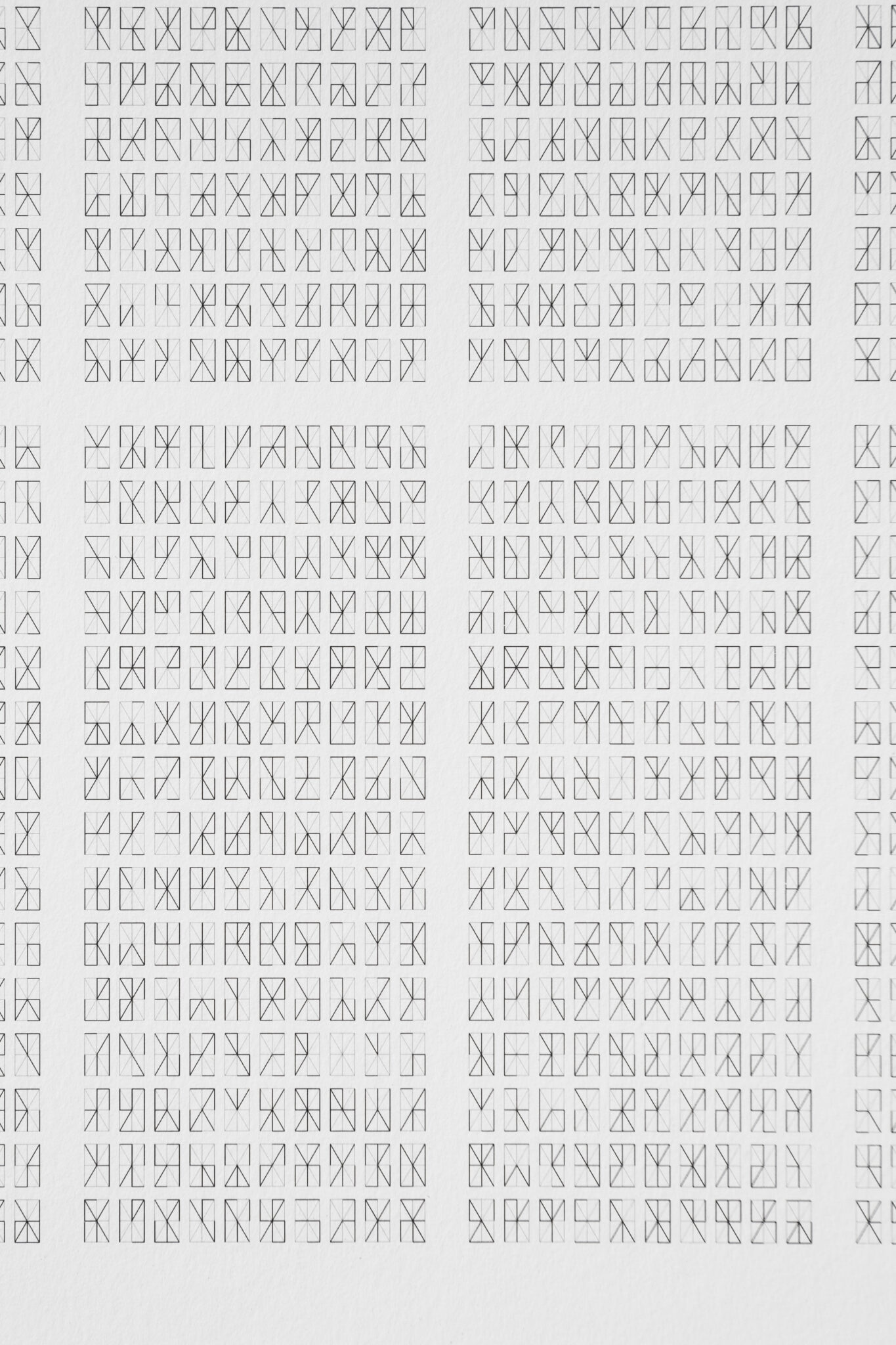
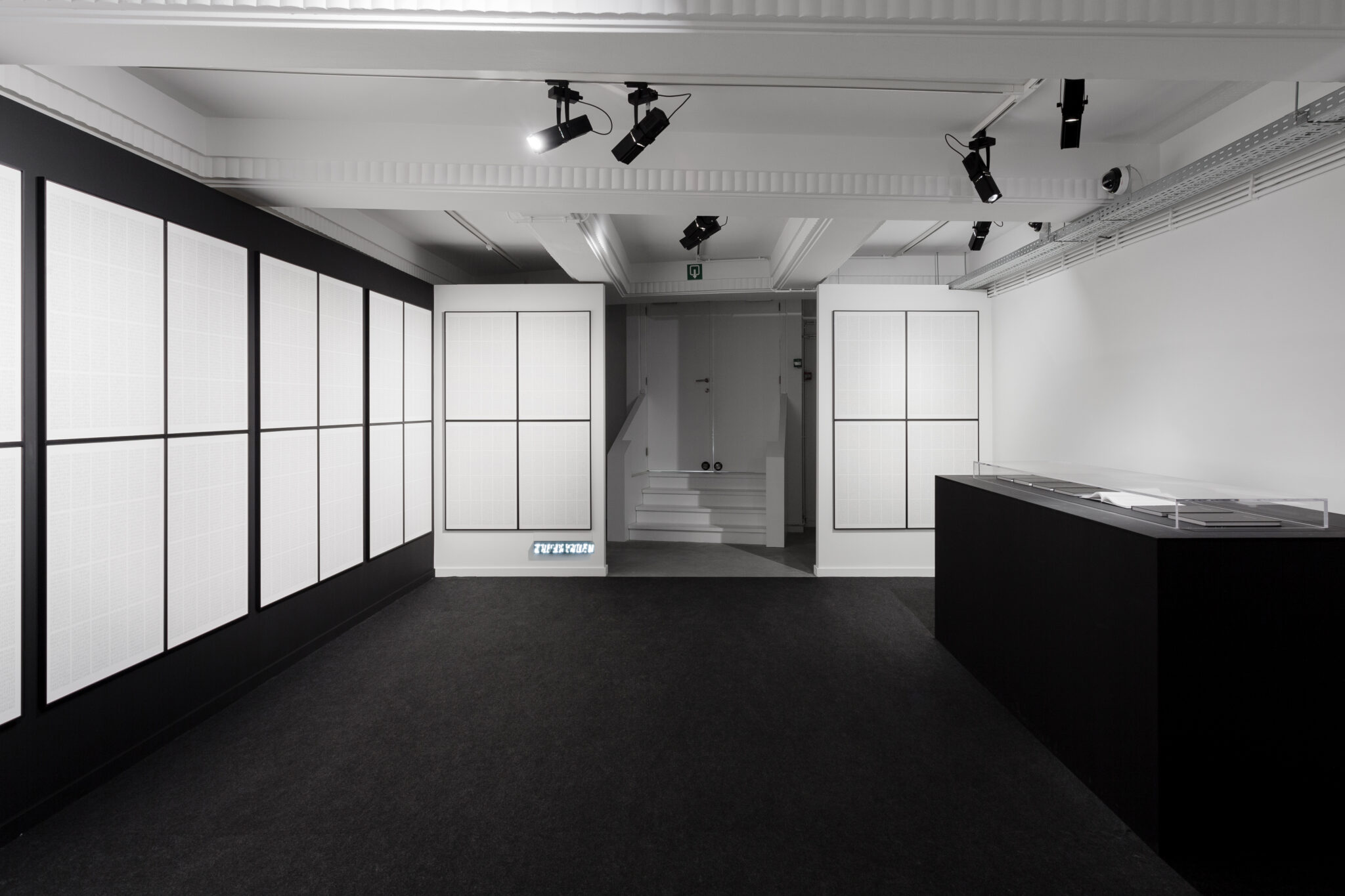
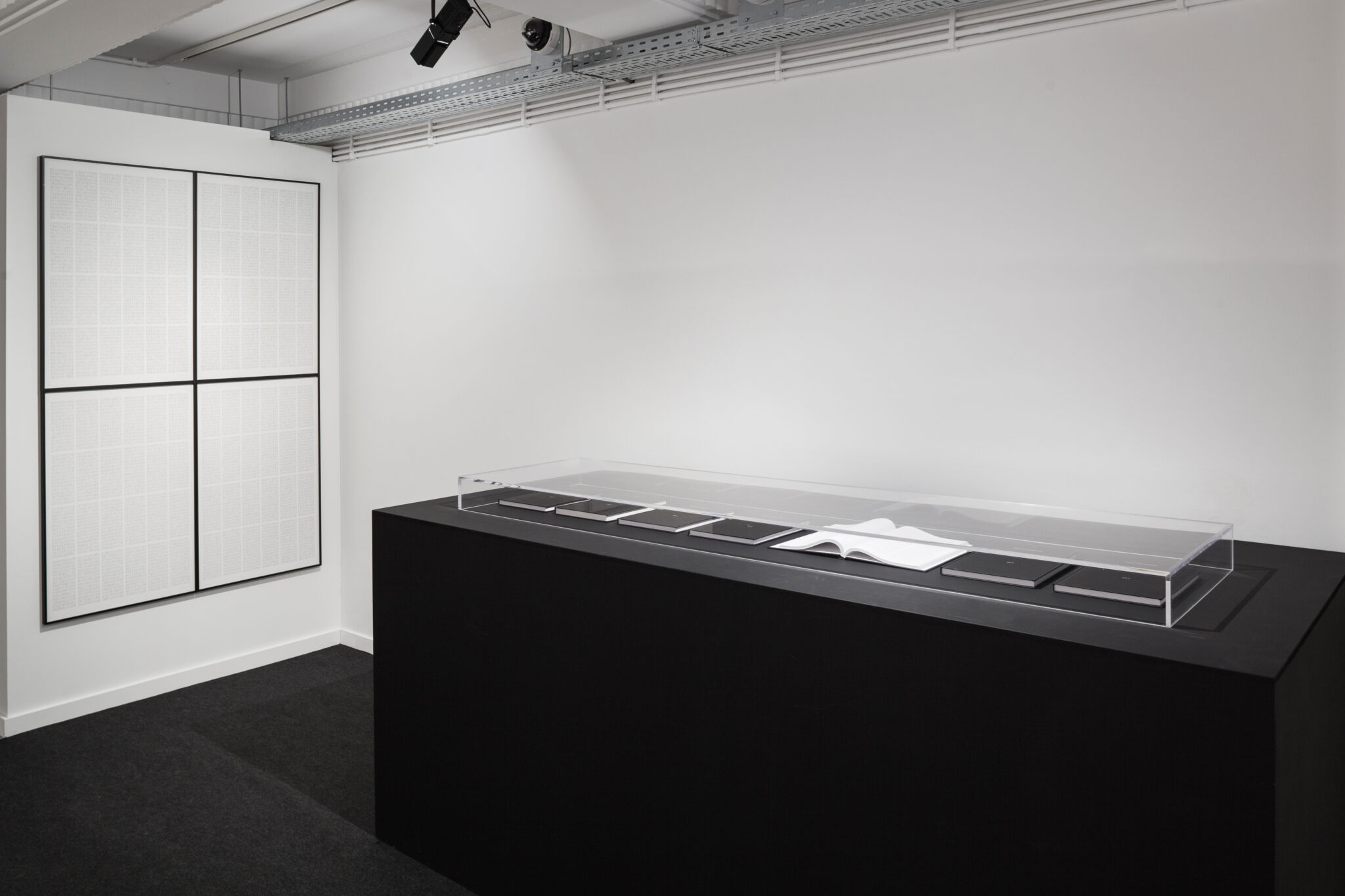
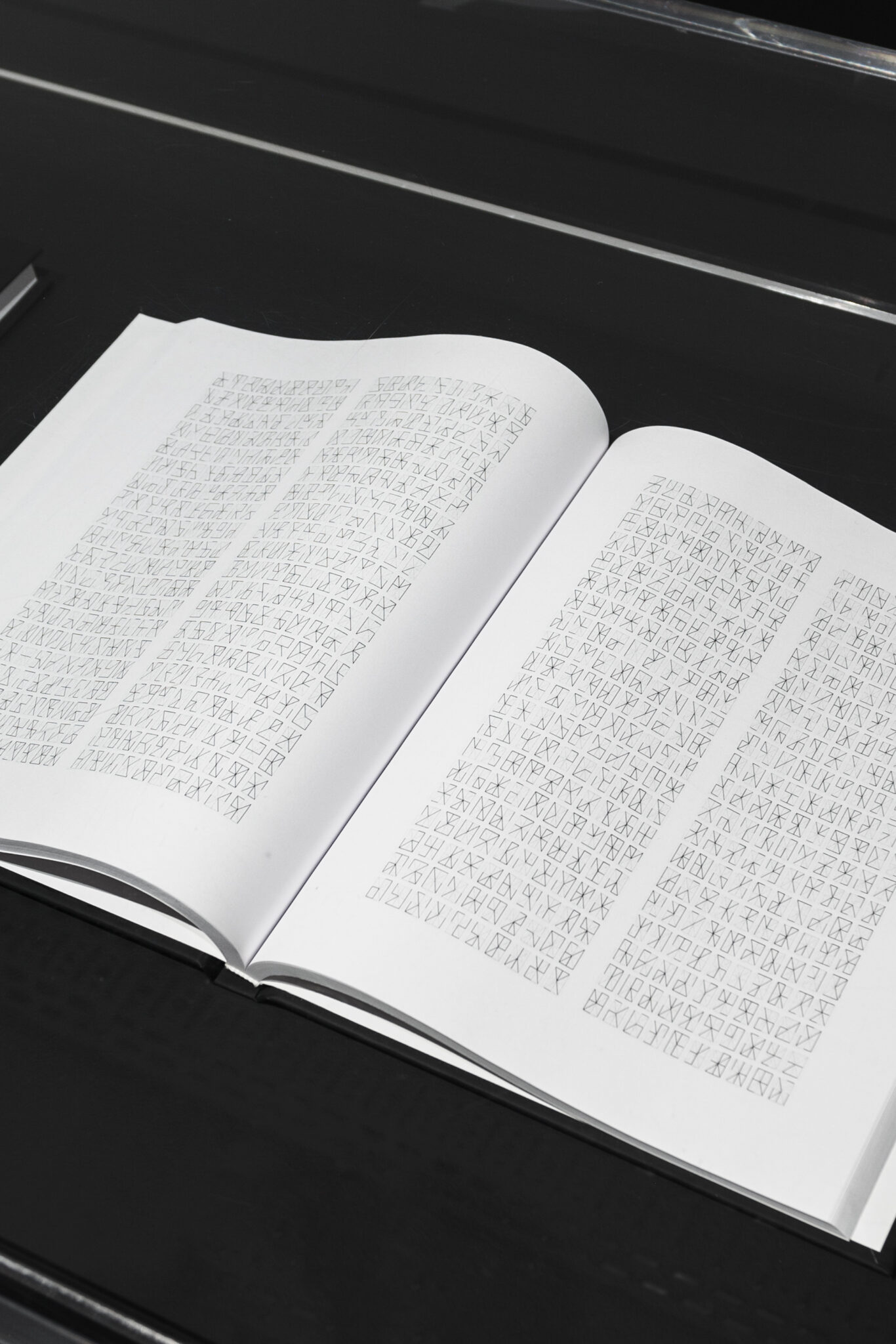
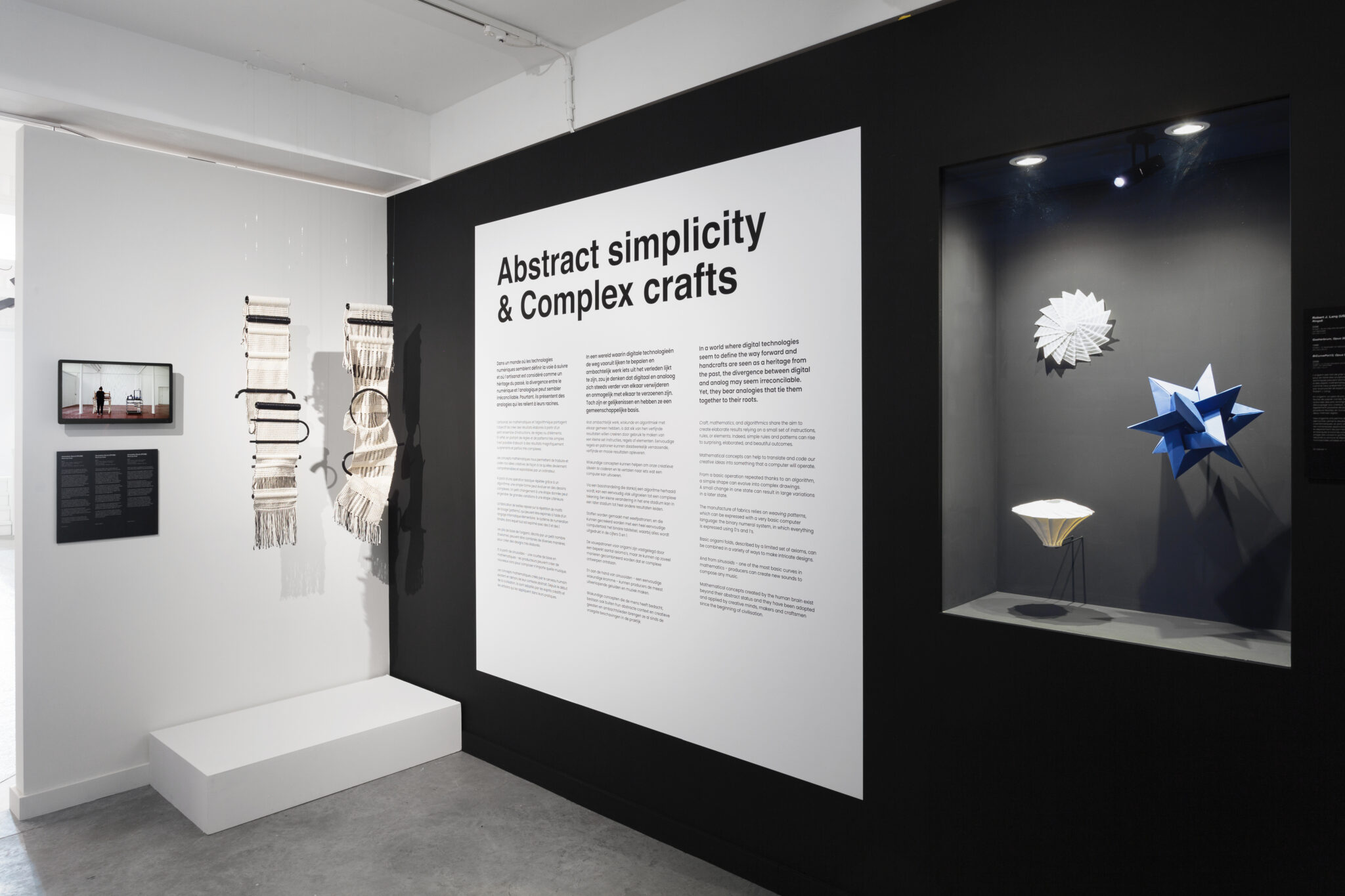
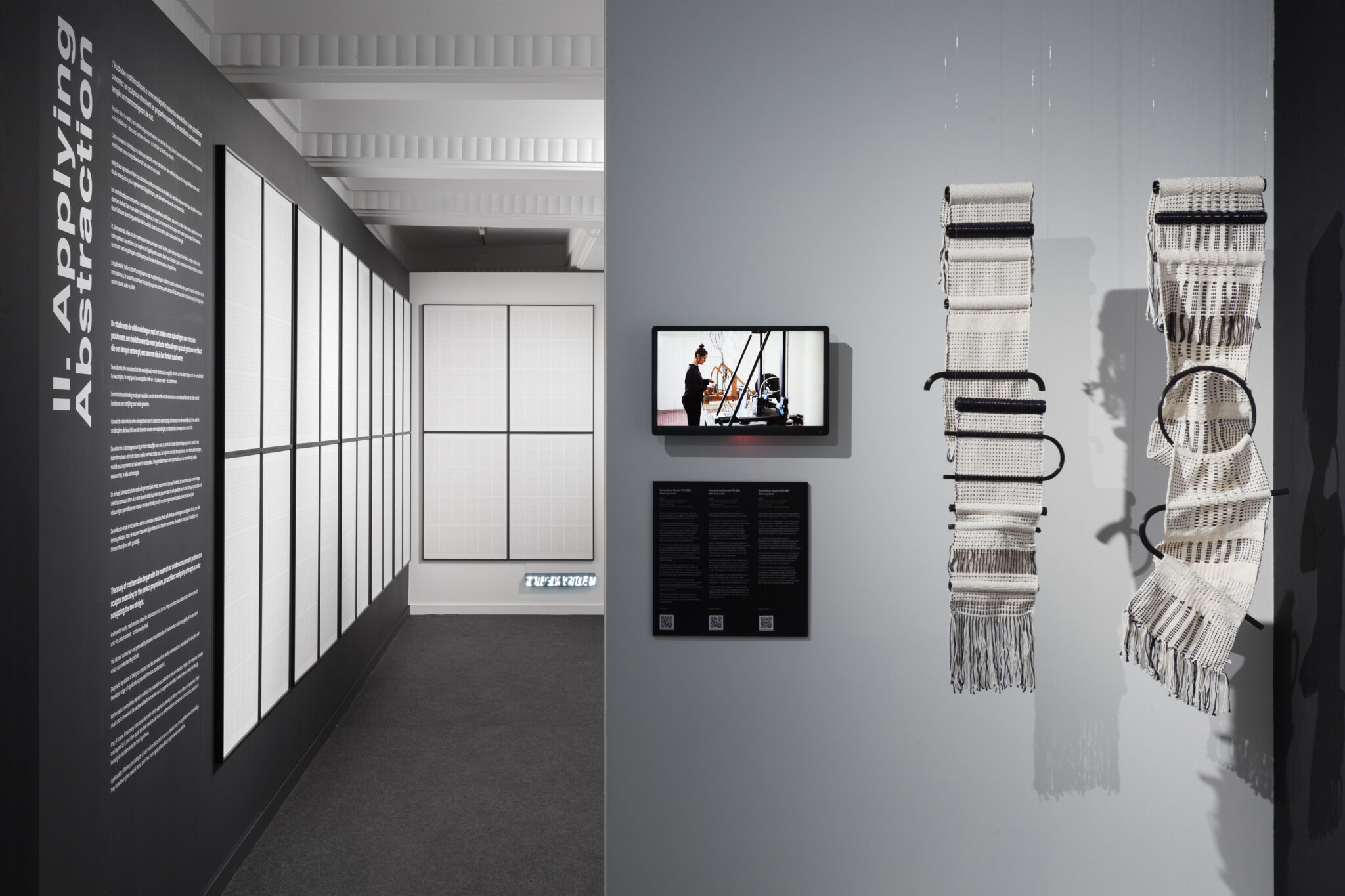
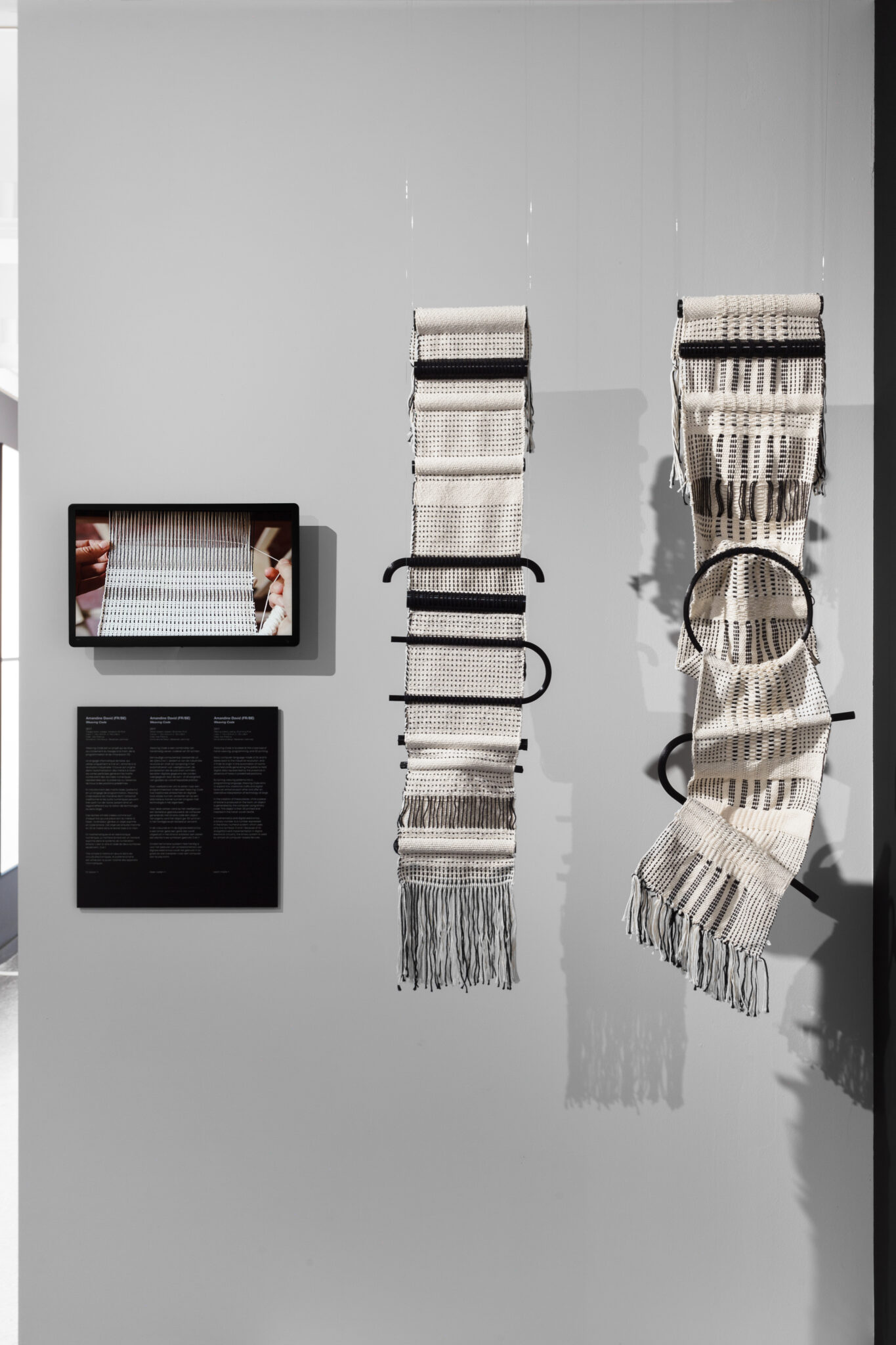
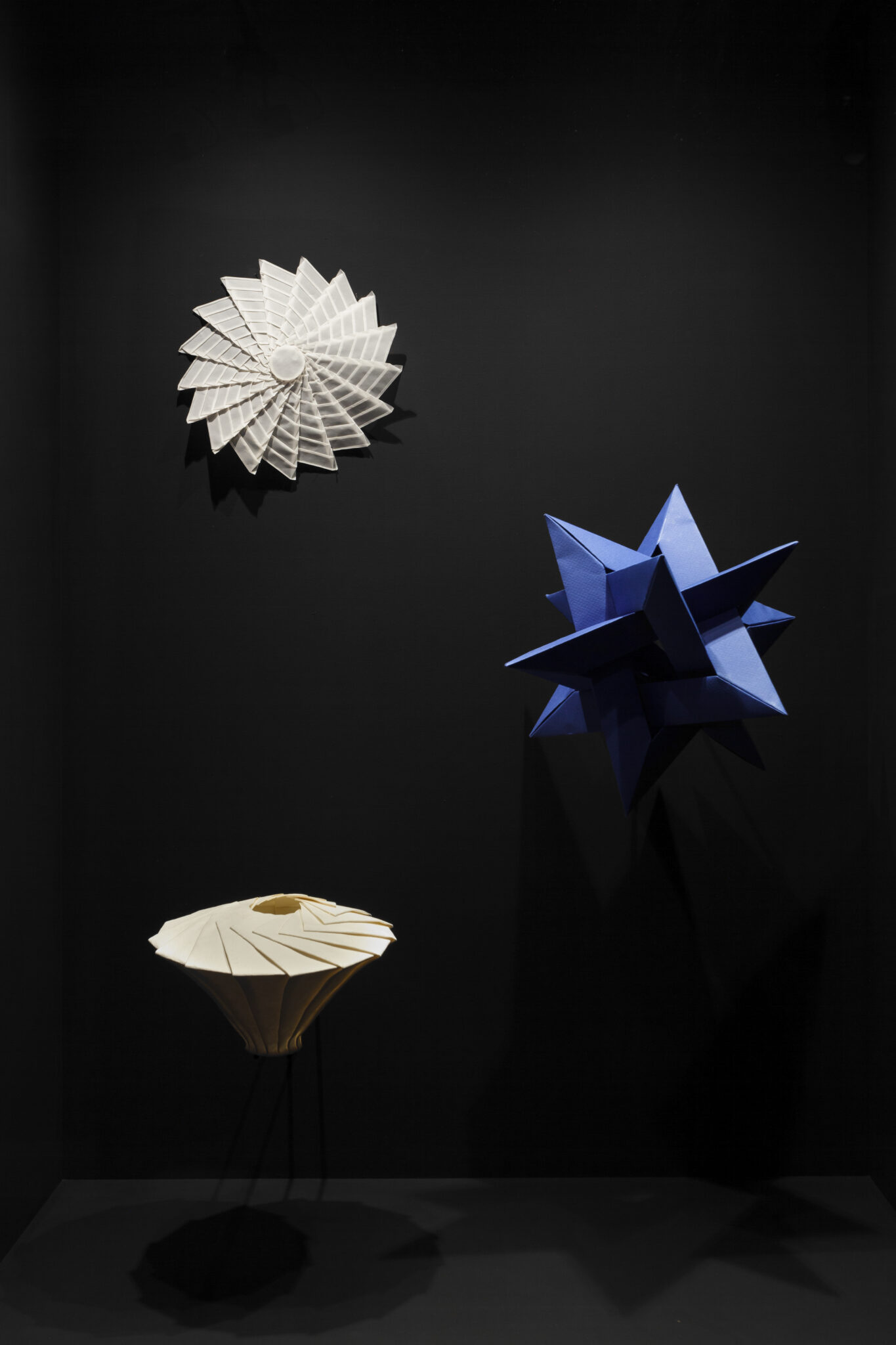
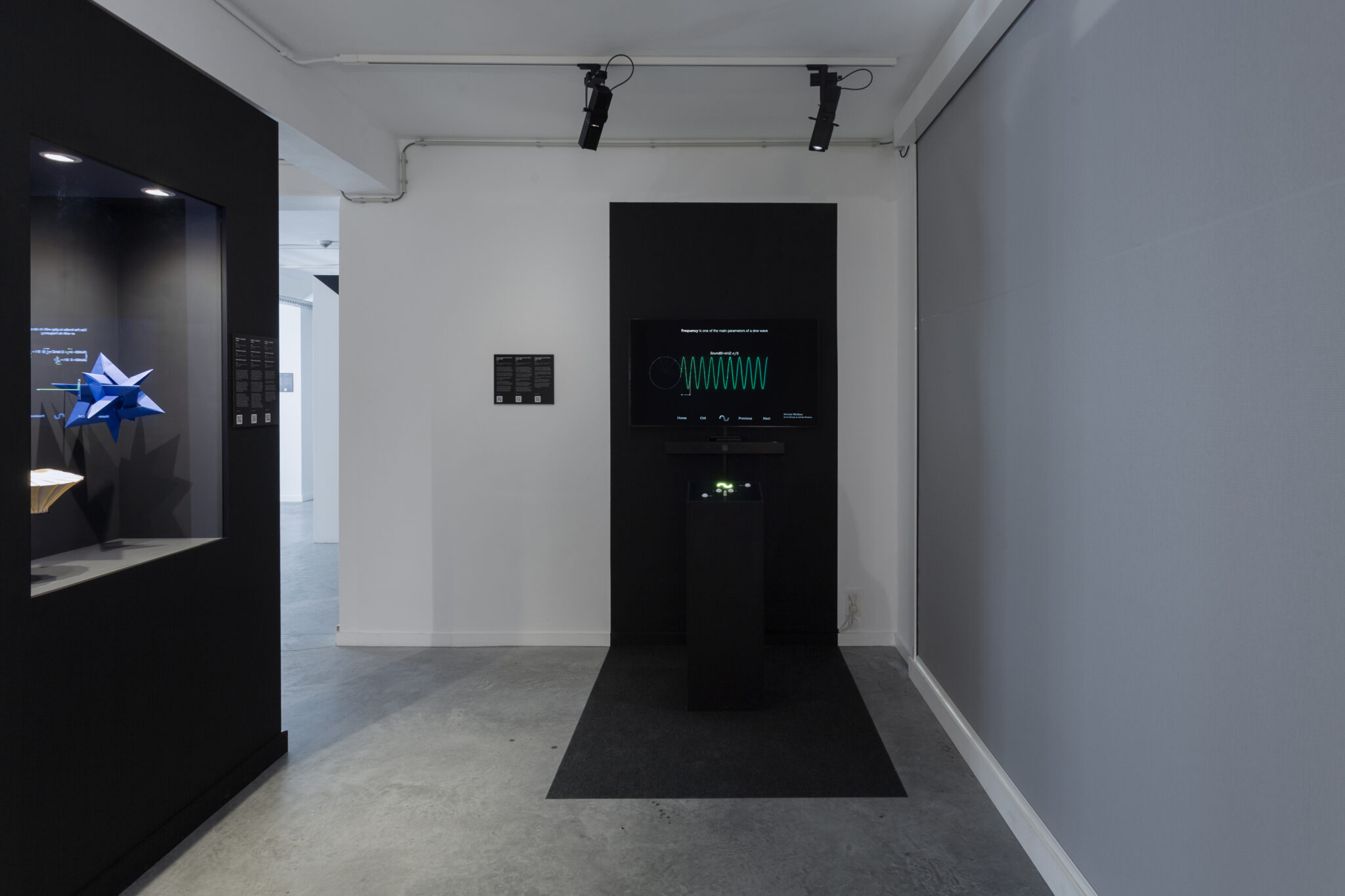
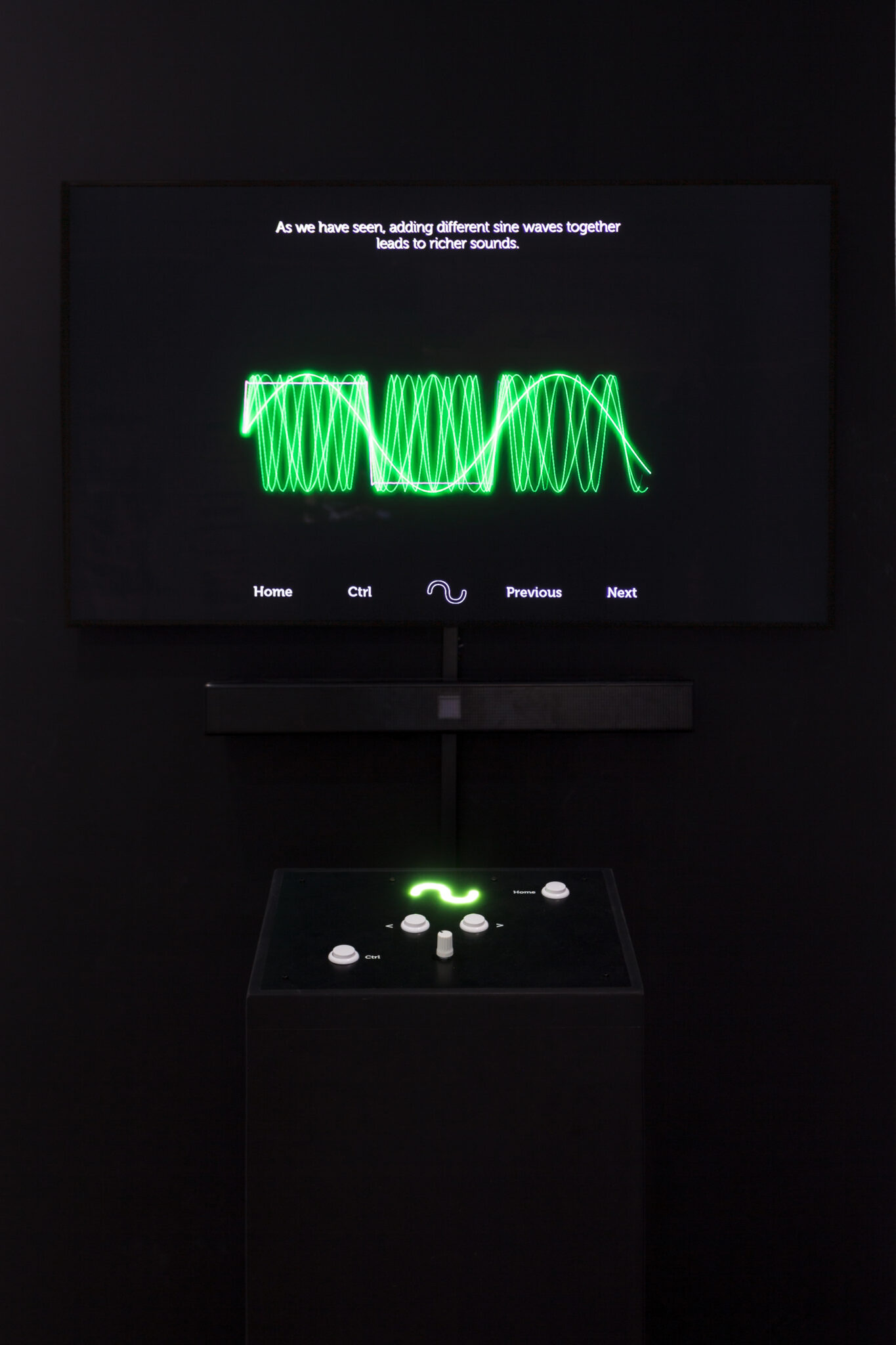
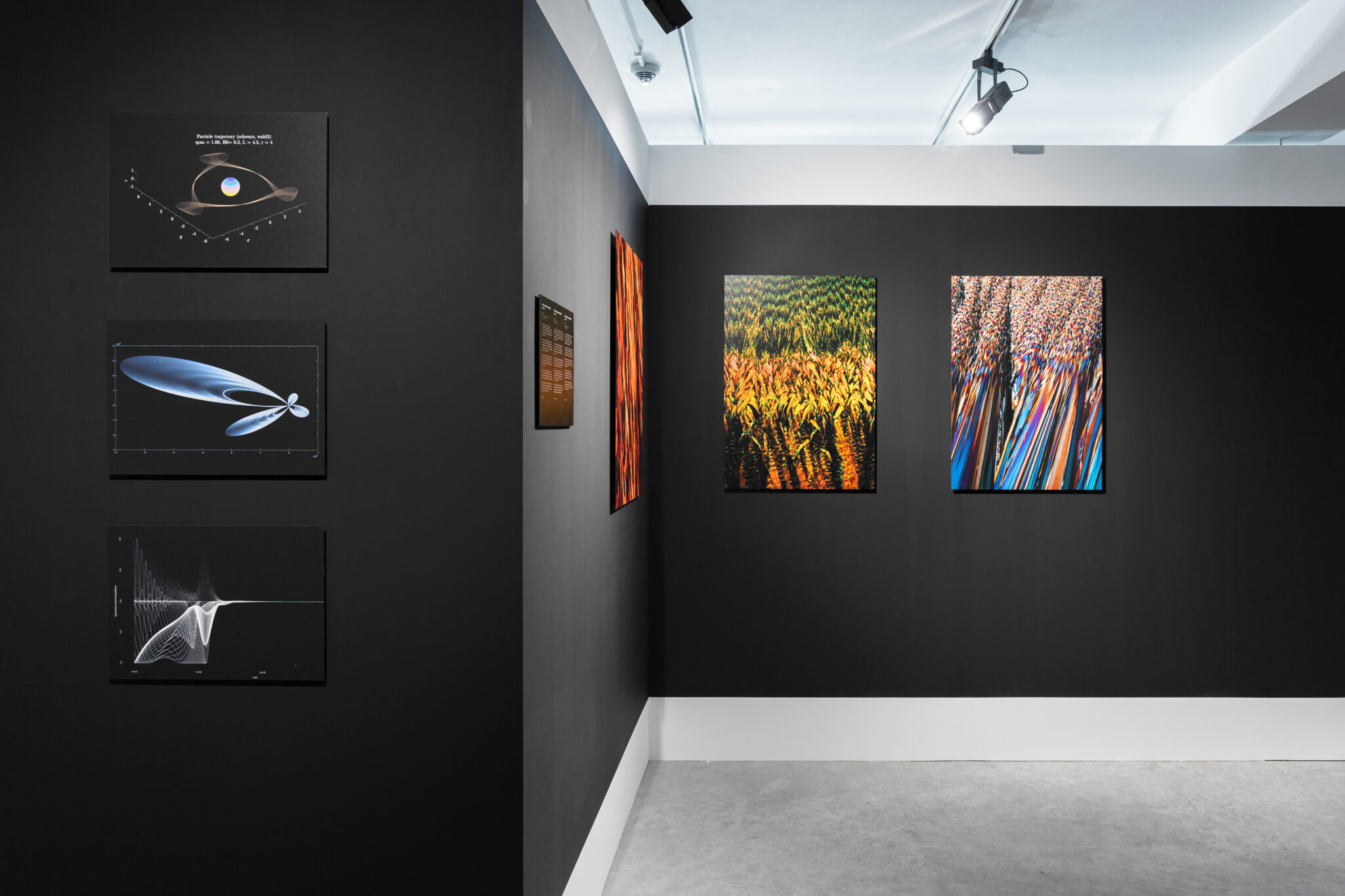
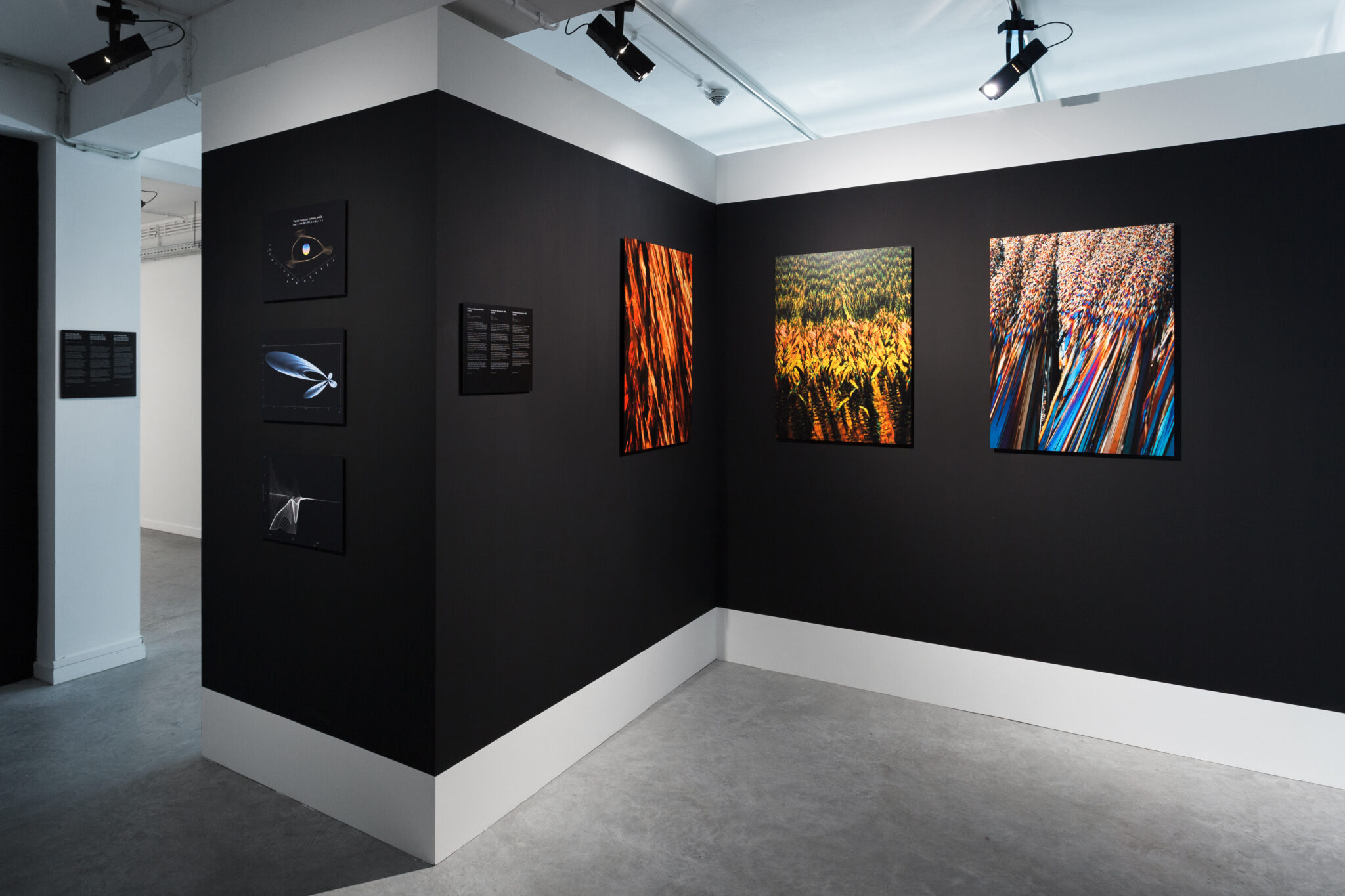
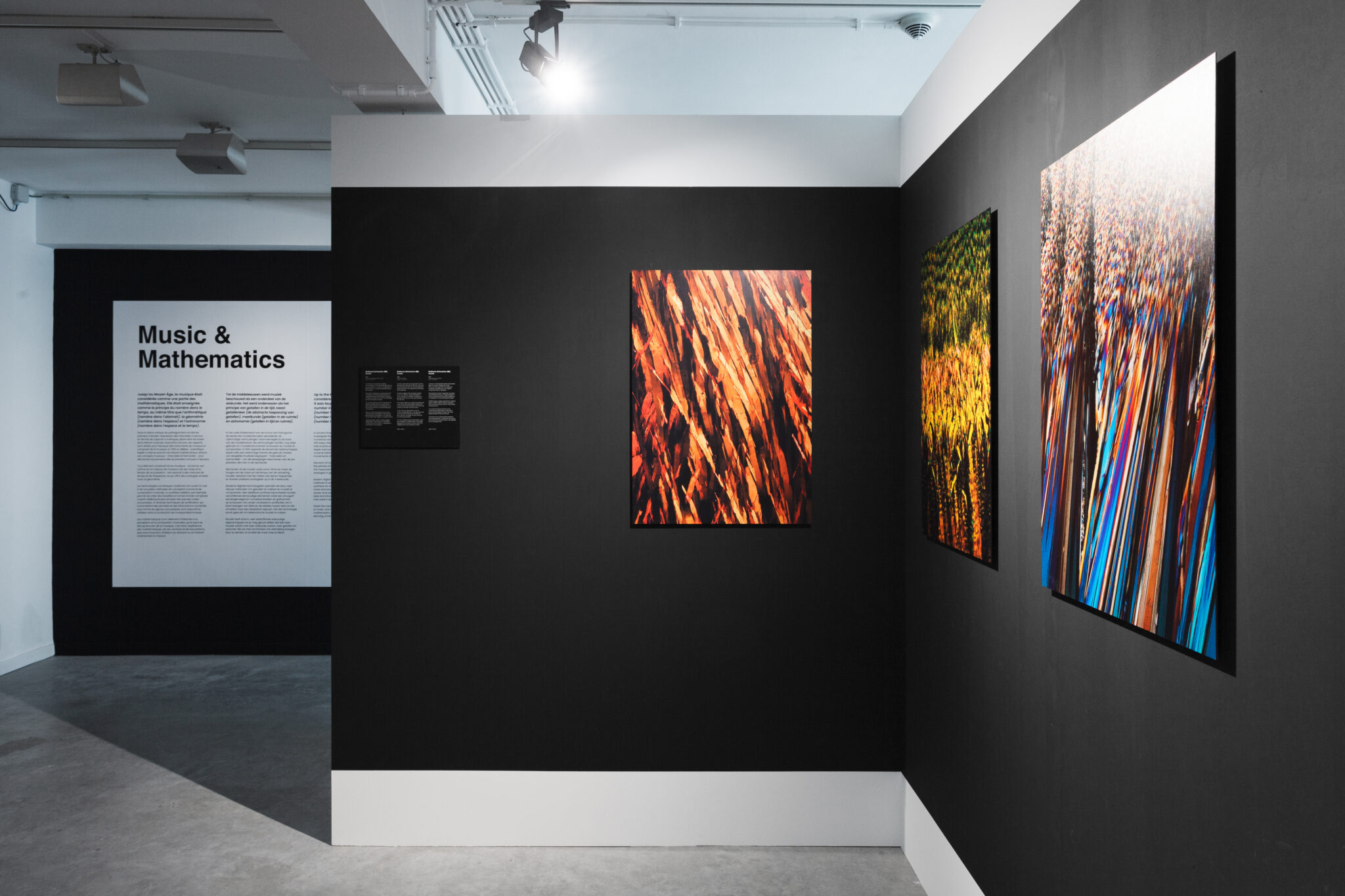
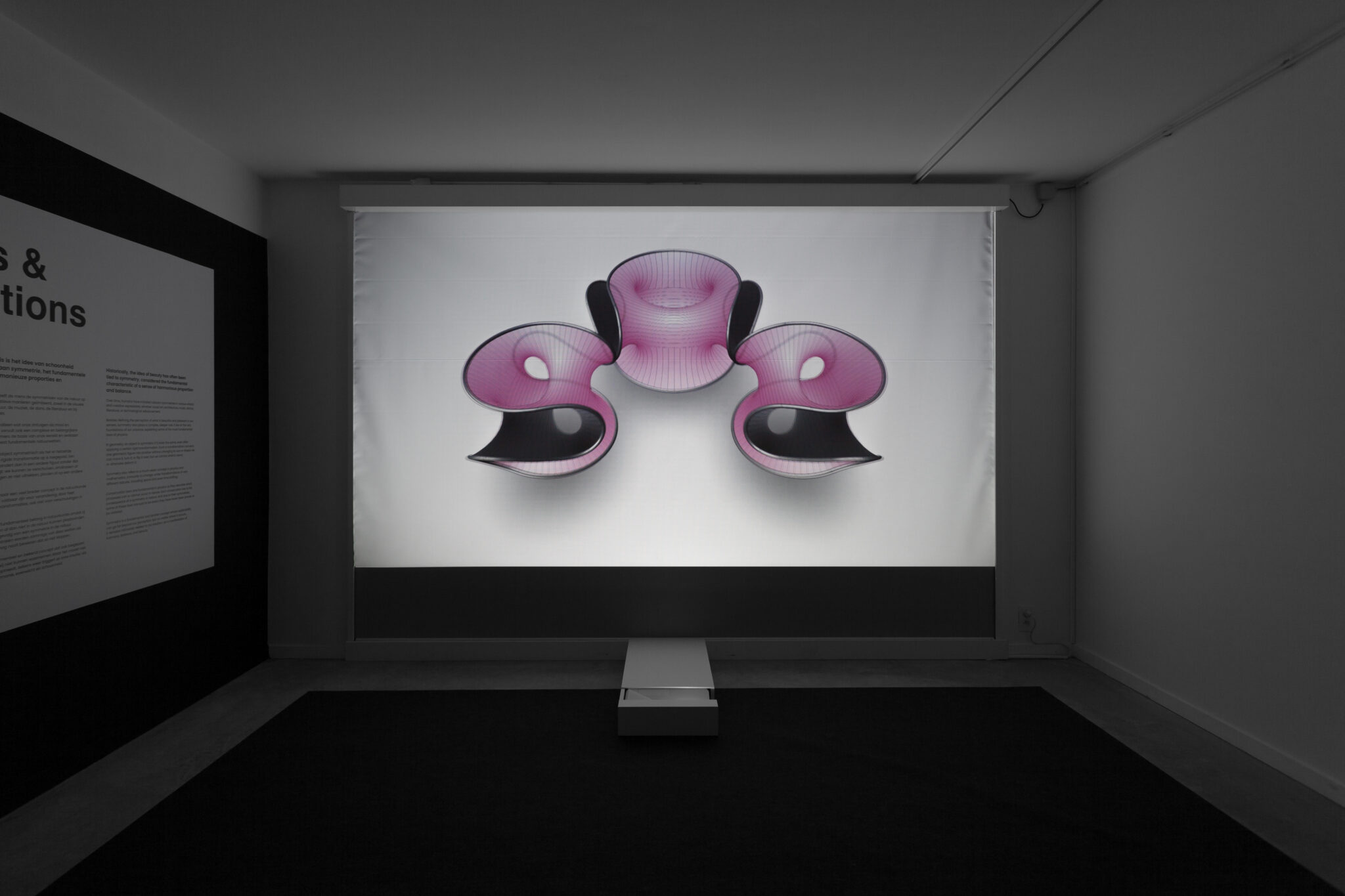
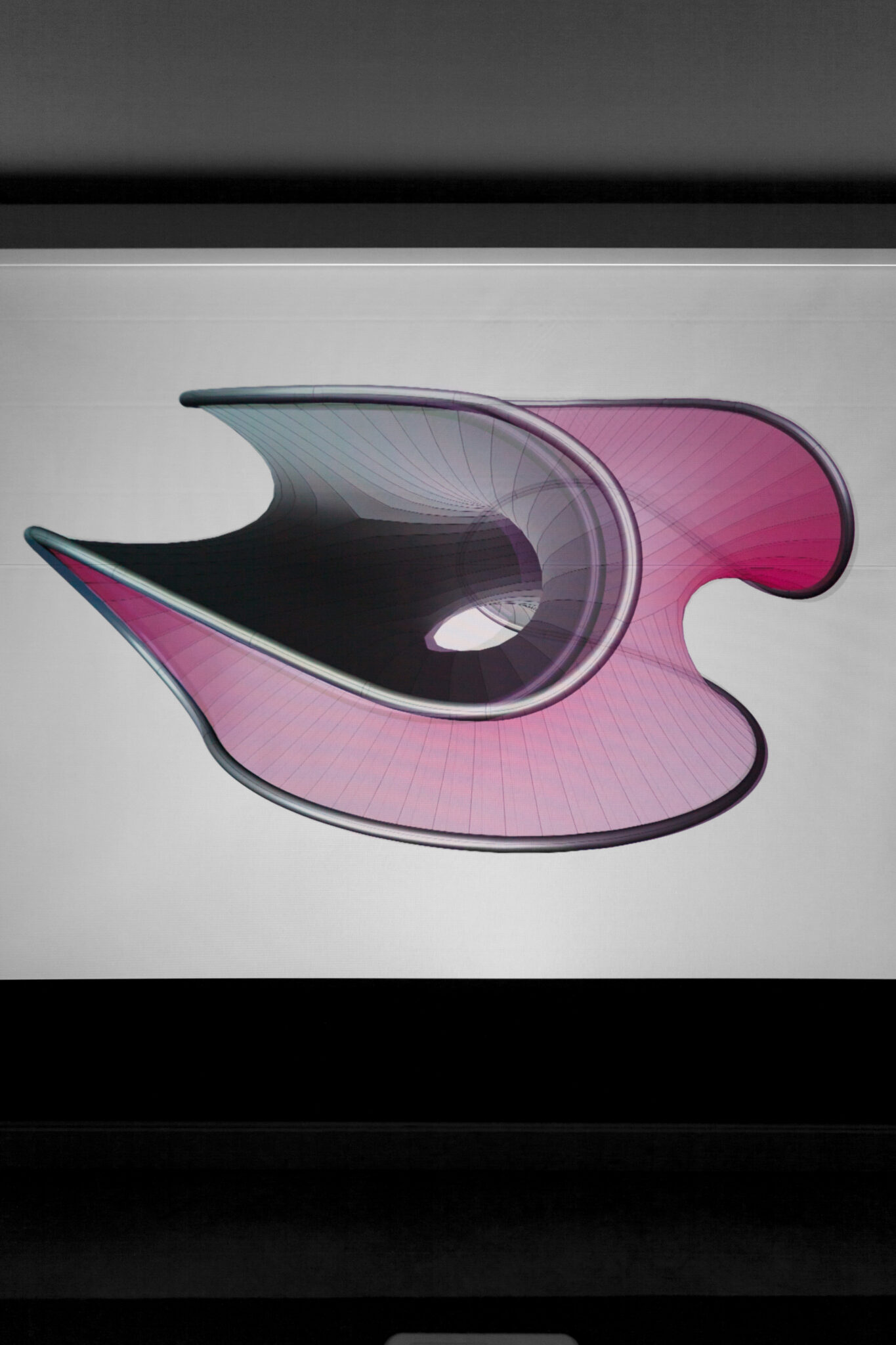
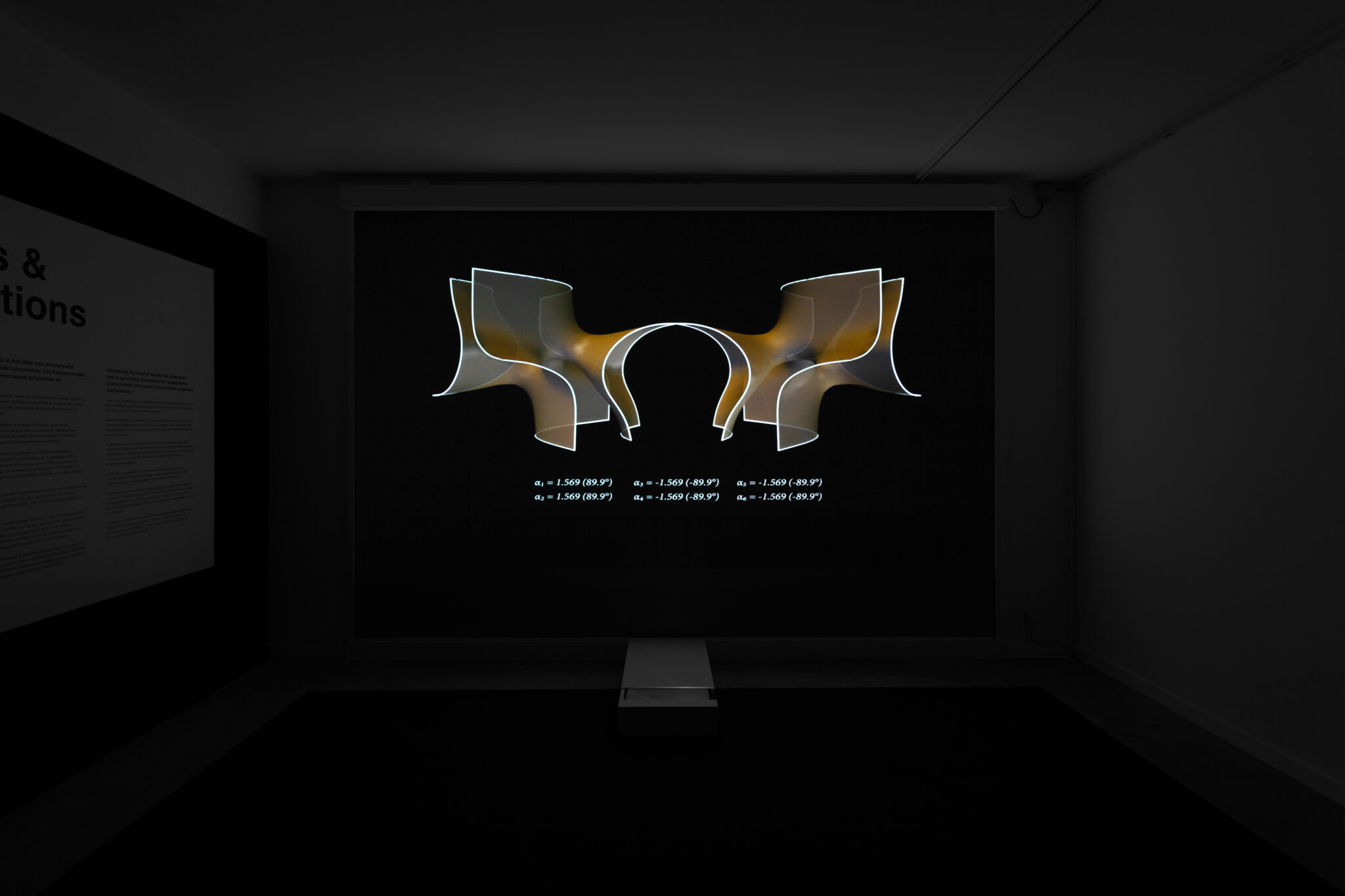
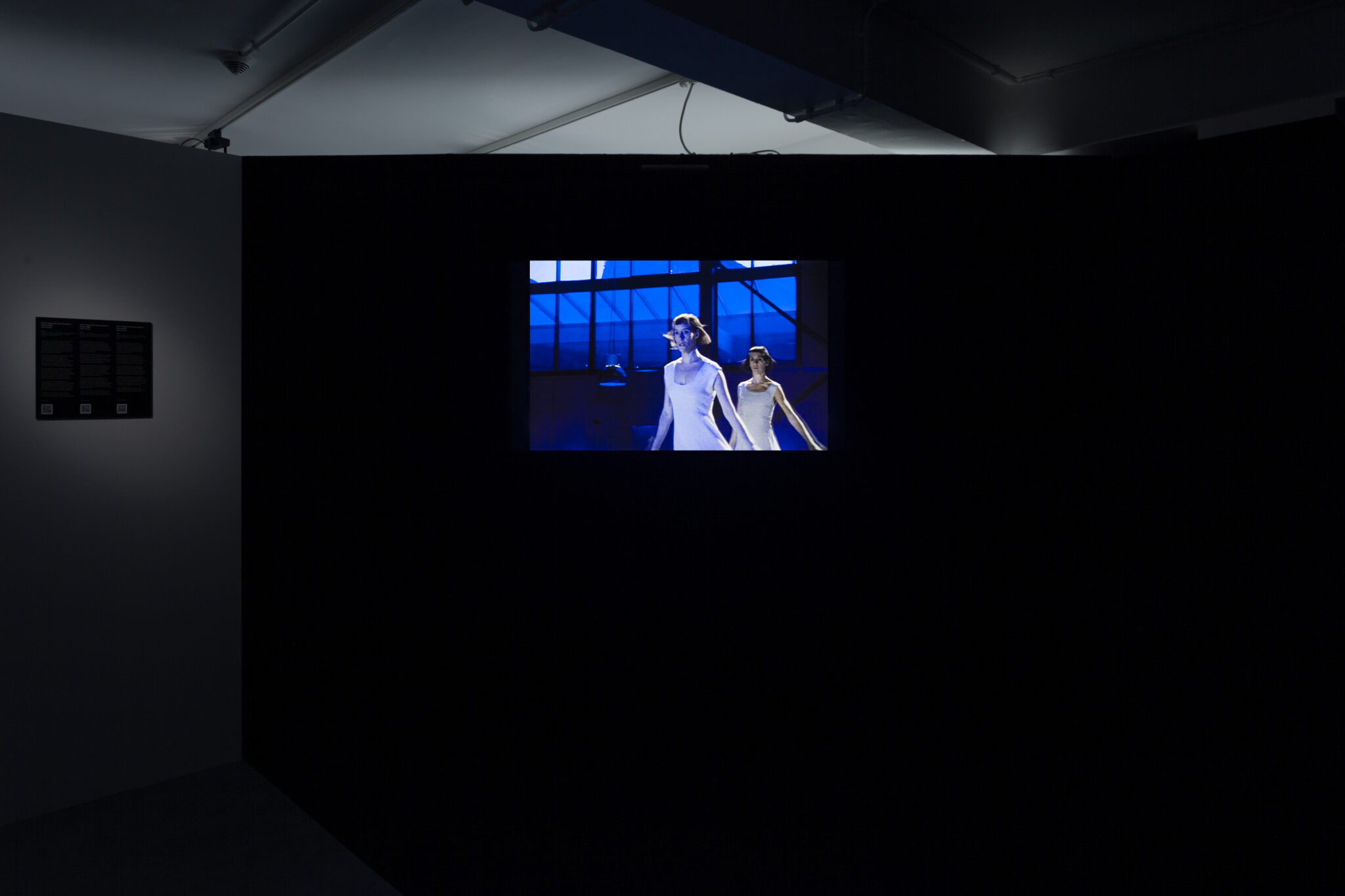
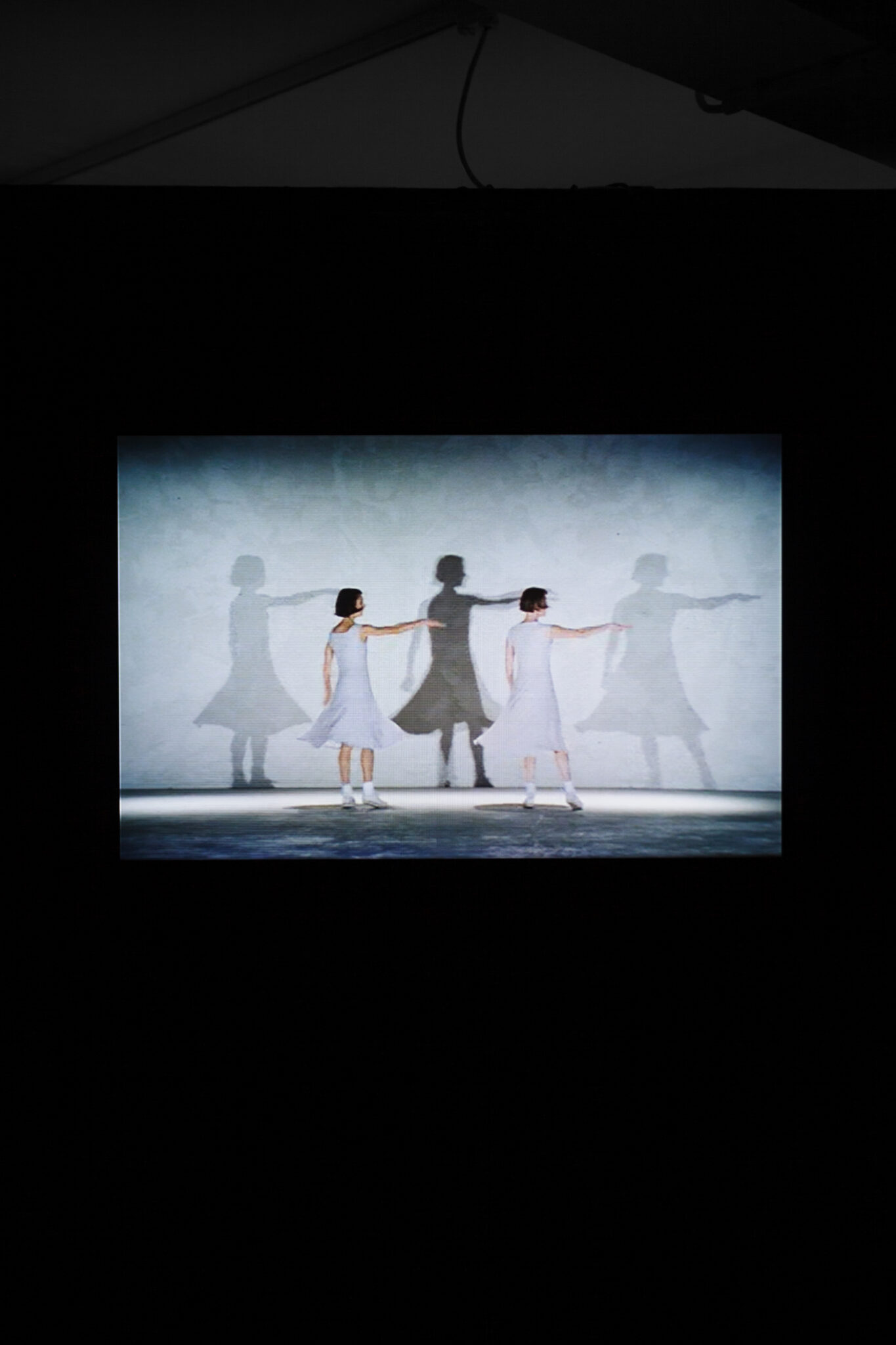
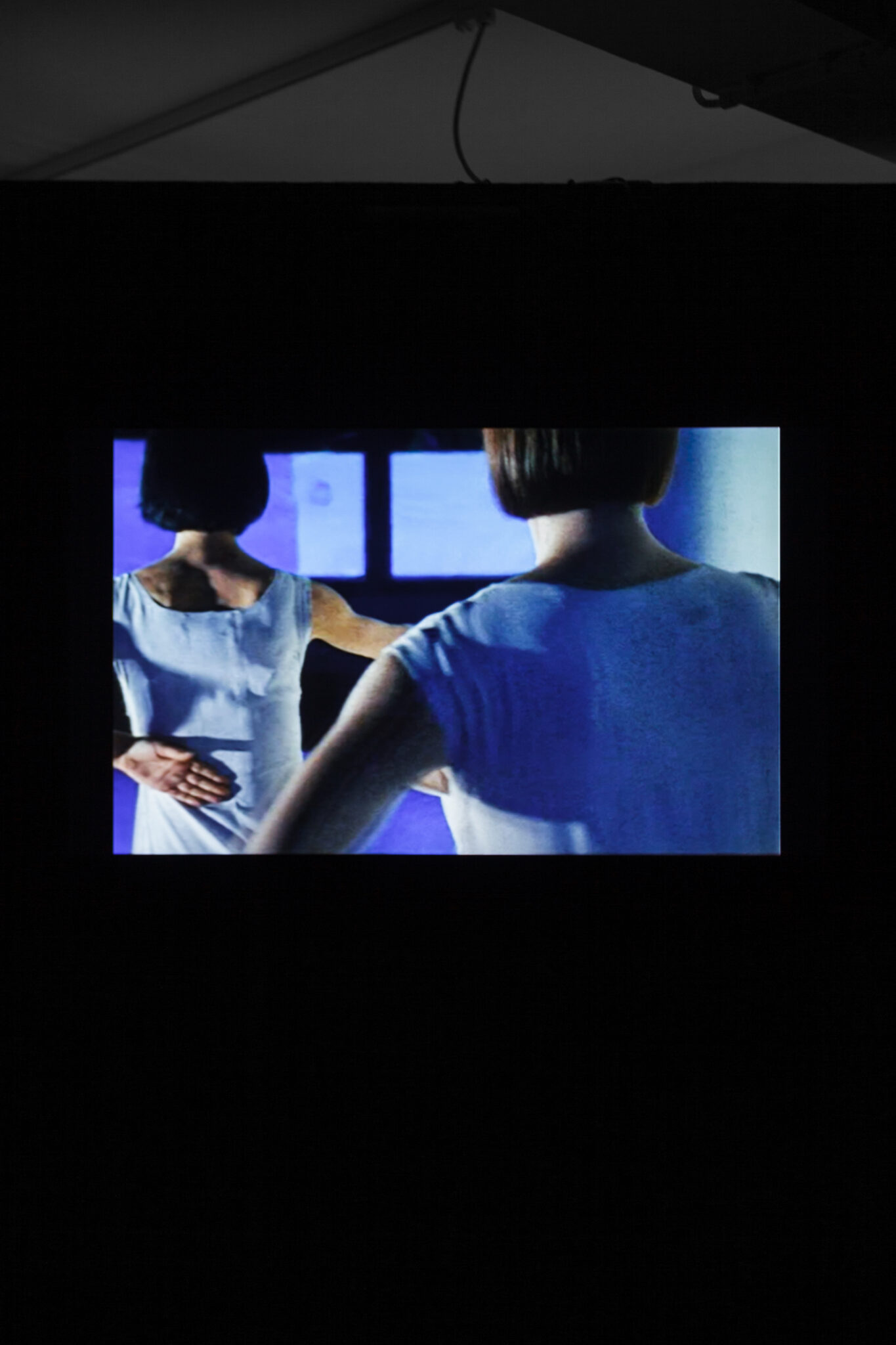
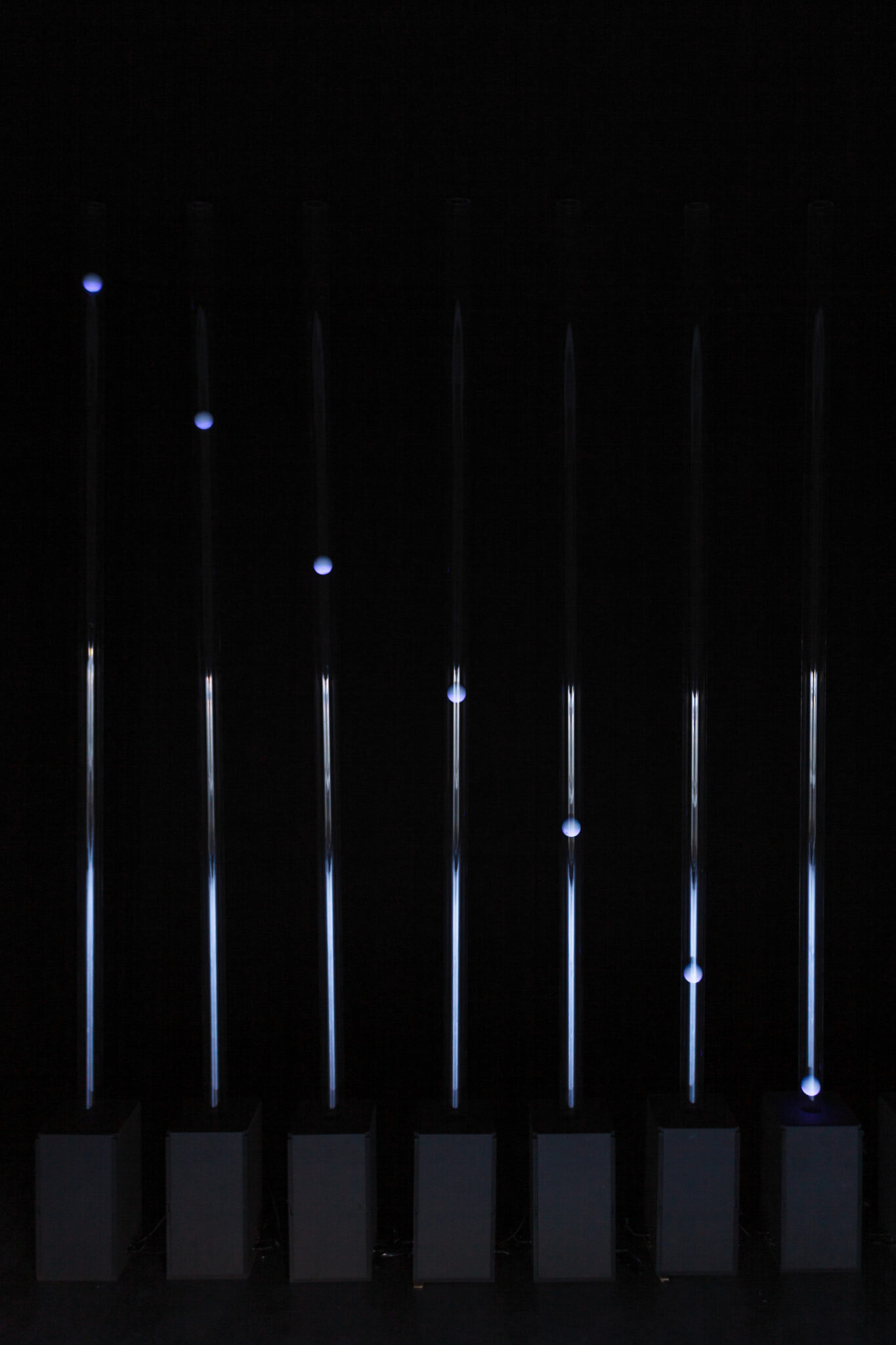
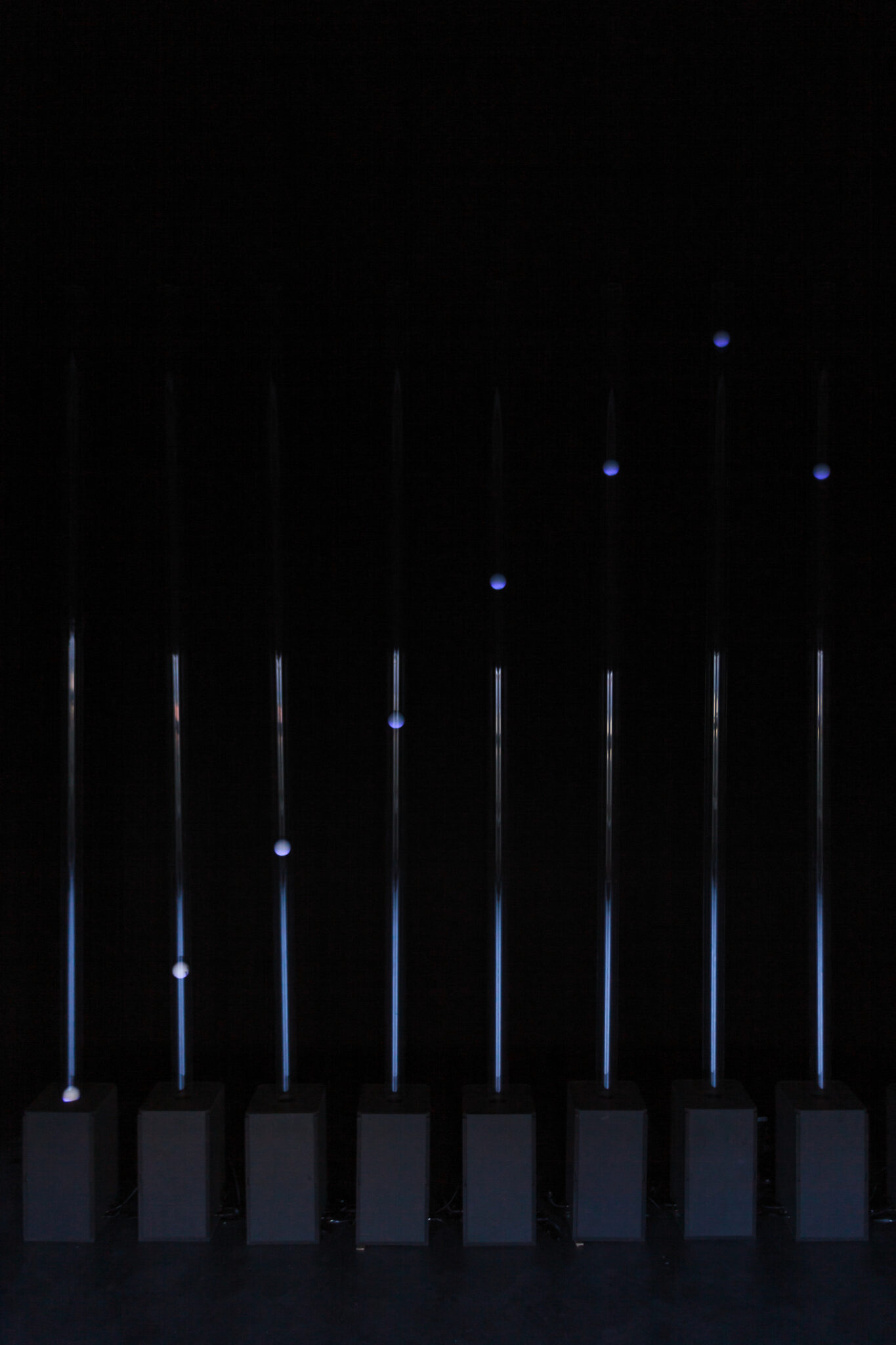
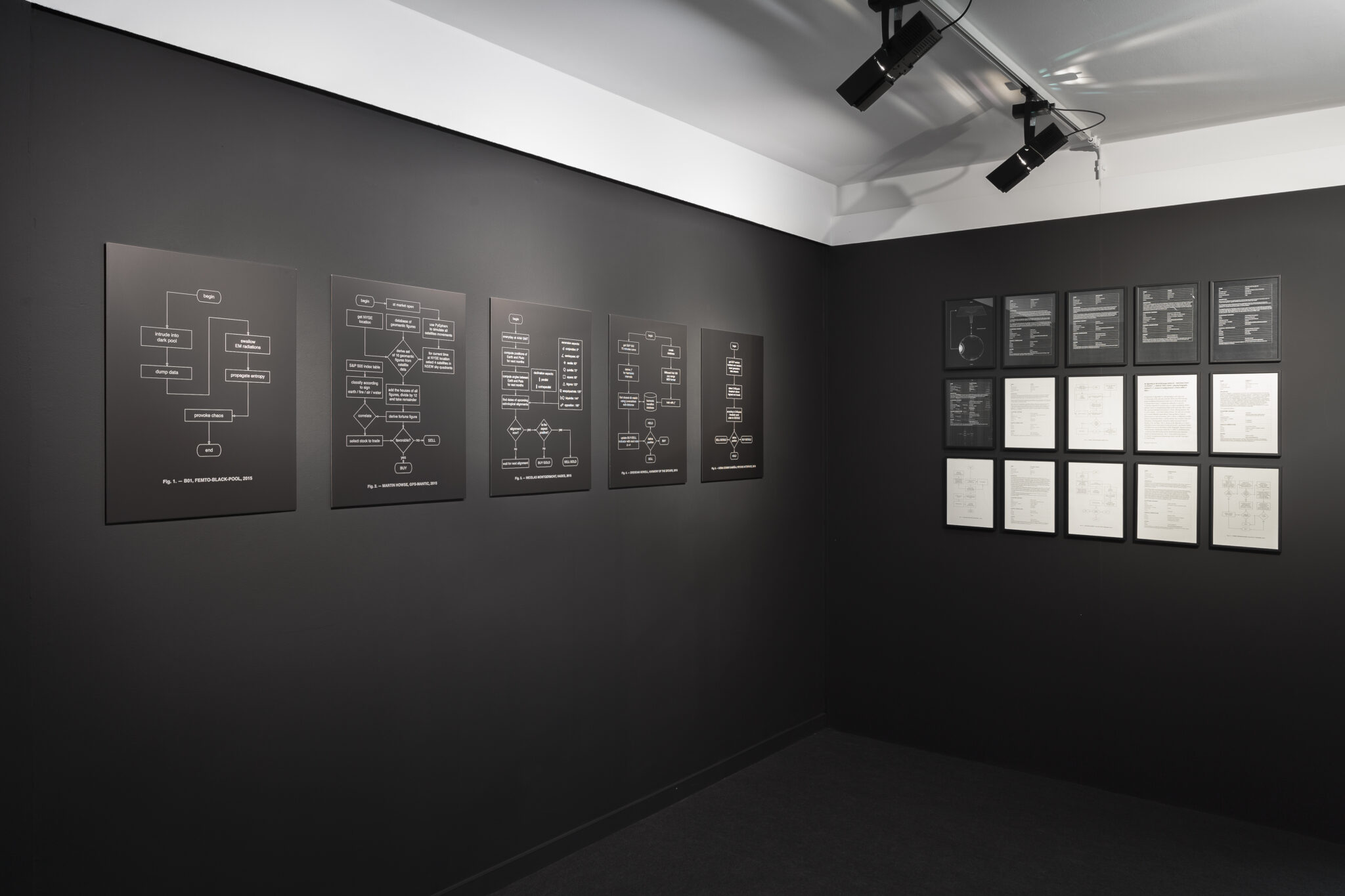
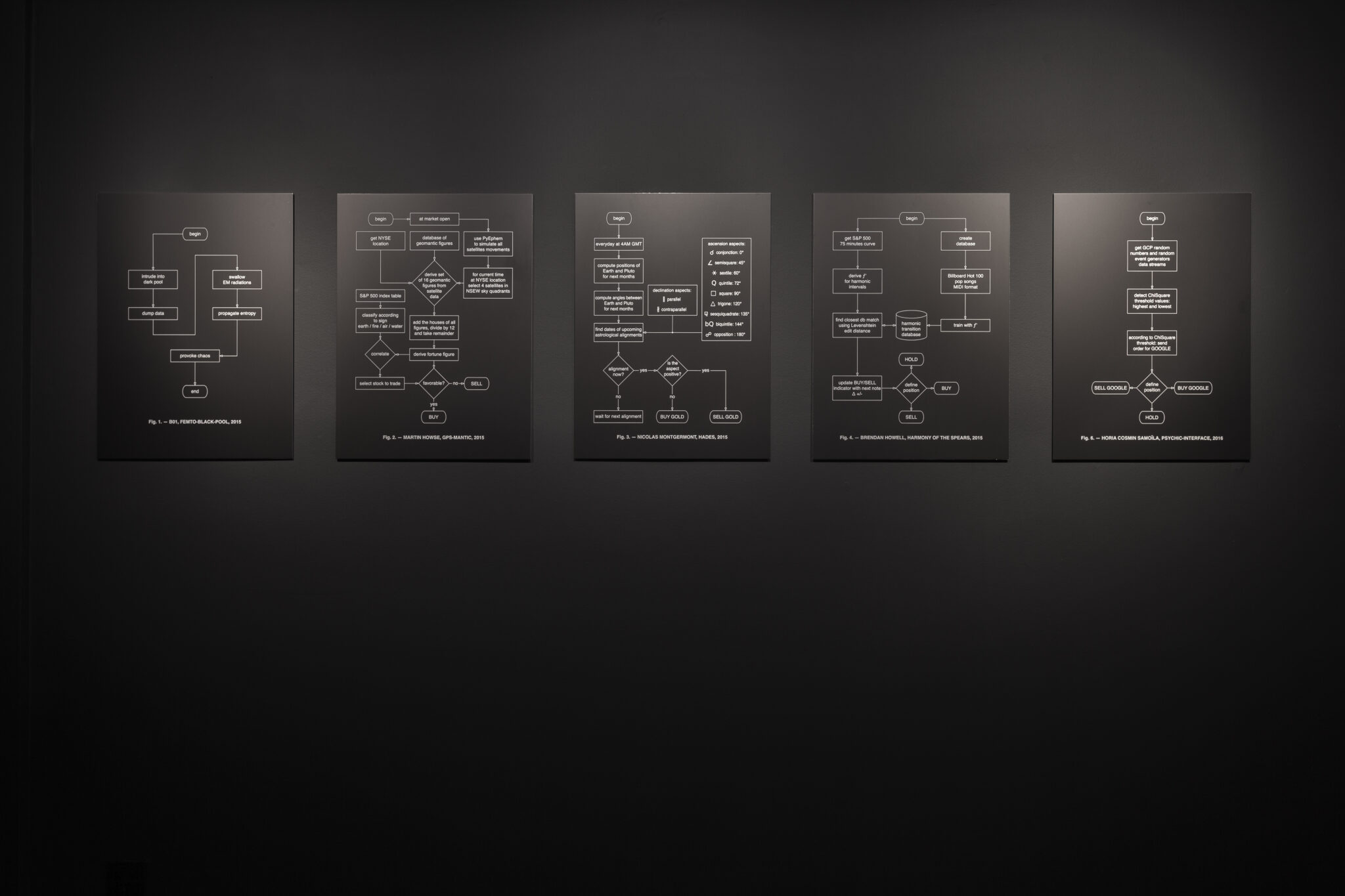
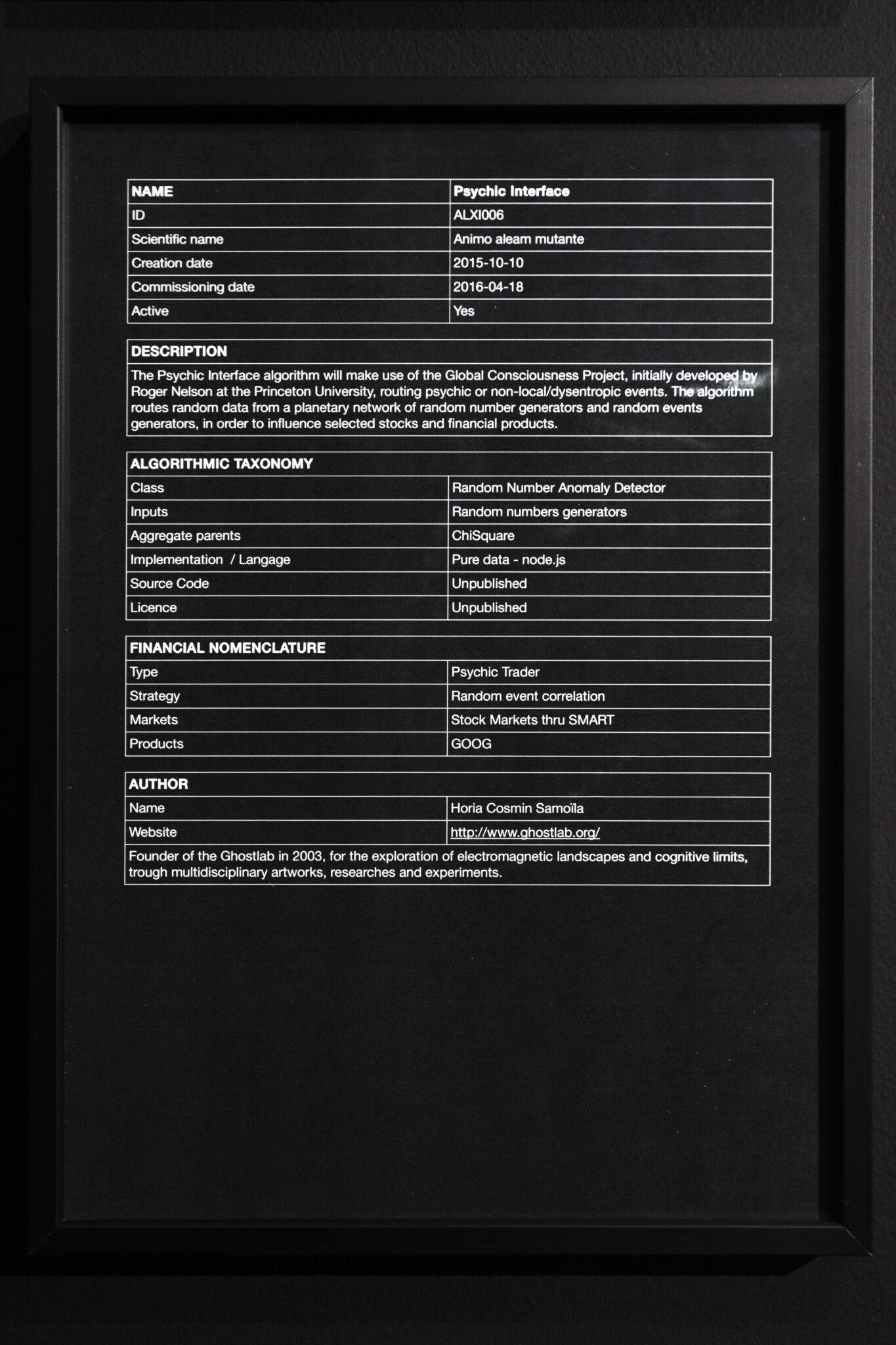
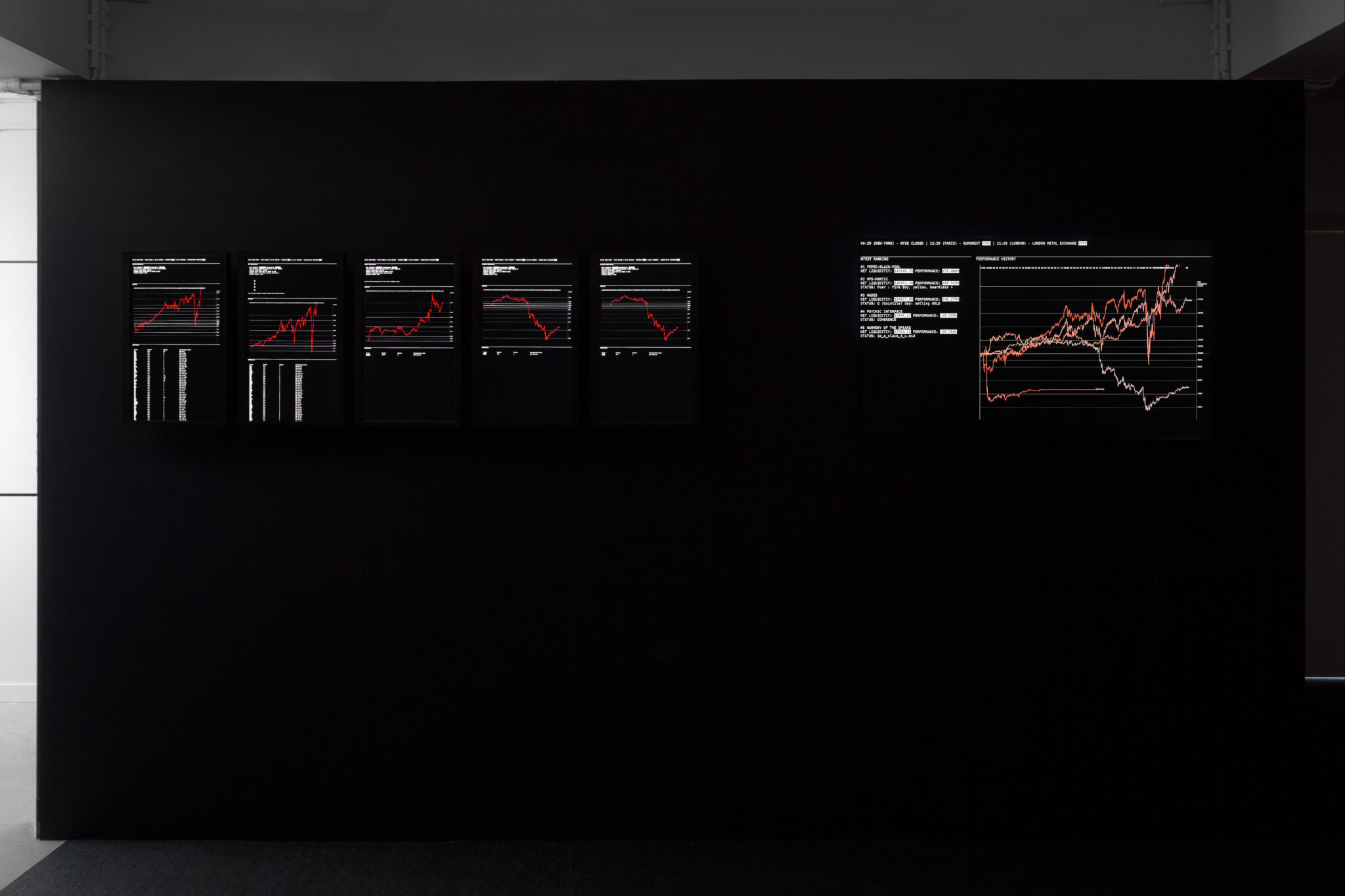
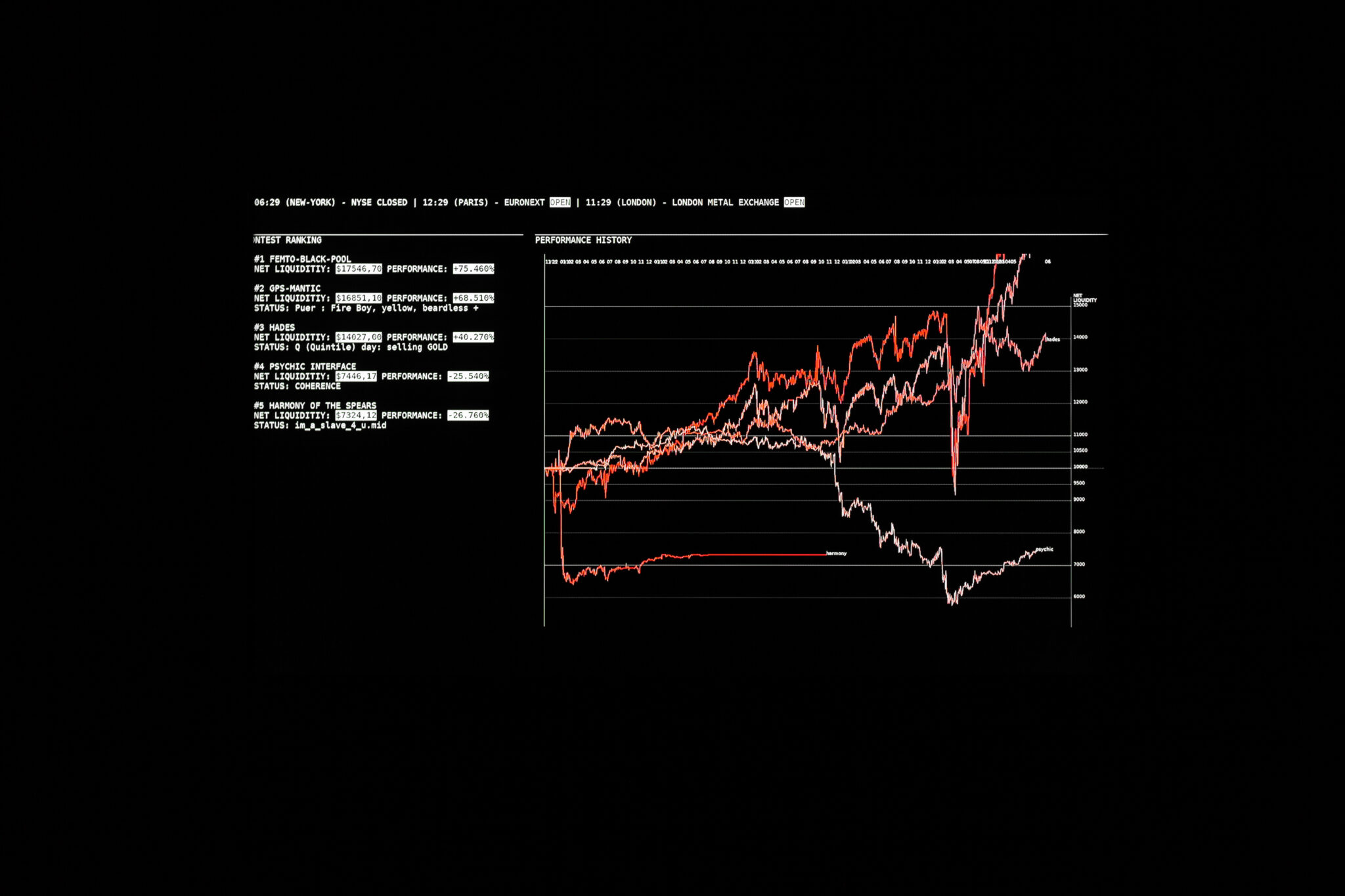

all photos © Silvia Cappellari
Order of Operations
4 June – 11 July 2021
BOZAR Lab
Rue Ravenstein 23, 1000 Brussels
CREDITS:
Curation: Camilla Colombo
Scientific Direction: Raoul Sommeillier
Scenography: Marie Douel
PRESS
‘Wiskunst’ met een kwinkslag // De Standaard – Senne Starckx // 22.06.2021
Les mathématiques appliquées… par 17 artistes // Dailyscience – Christian Dubrulle // 18.06.2021
Order of operations art + mathematics | La matematica attraverso l’arte // Segnonline – Francesco Pozzi // 18.06.2021
Ohme toont raakvlak tussen wiskunde en kunst // BRUZZ // 18.02021
Les mathématiques sont partout, y compris à Bozar // L’Echo – Christian Du Brulle // 06.06.2021
Order of Operations : les mathématiques à travers les arts // Le Suricate – Elodie Kempenaer // 04.06.2021
Bruxelles vit! Exposition Bozar Lab : Order of Operations // BX1 – Charlotte Maréchal // 04.06.2021
L’invitée culture Camilla Colombo – Ohme // BX1 – Gilles Grosfilley // 03.06.2021
Expo : De kunstenaar als wiskundige // De Tijd
Order of Operations is an exhibition by Ohme, in coproduction with BOZAR.
Partners : Ecole polytechnique de Bruxelles (ULB), Faculté des Sciences (ULB), Inforsciences (ULB), Science Outreach Office (VUB), Pilar – Huis voor Kunst en Wetenschap, FabLab ULB
Supported by : Innoviris, Fédération Wallonie Bruxelles, Commission communautaire française, Région de Bruxelles-Capitale, Loterie Nationale, Université Libre de Bruxelles
With the collaboration of: Département de Mathématique – ULB Control Engineering and System Analysis (Saas) – ULB Computer and Decision Engineering (CoDe) – IRIDIA – ULB Bio- Electro- And Mechanical Systems (BEAMS) – ULB Mobidalab
